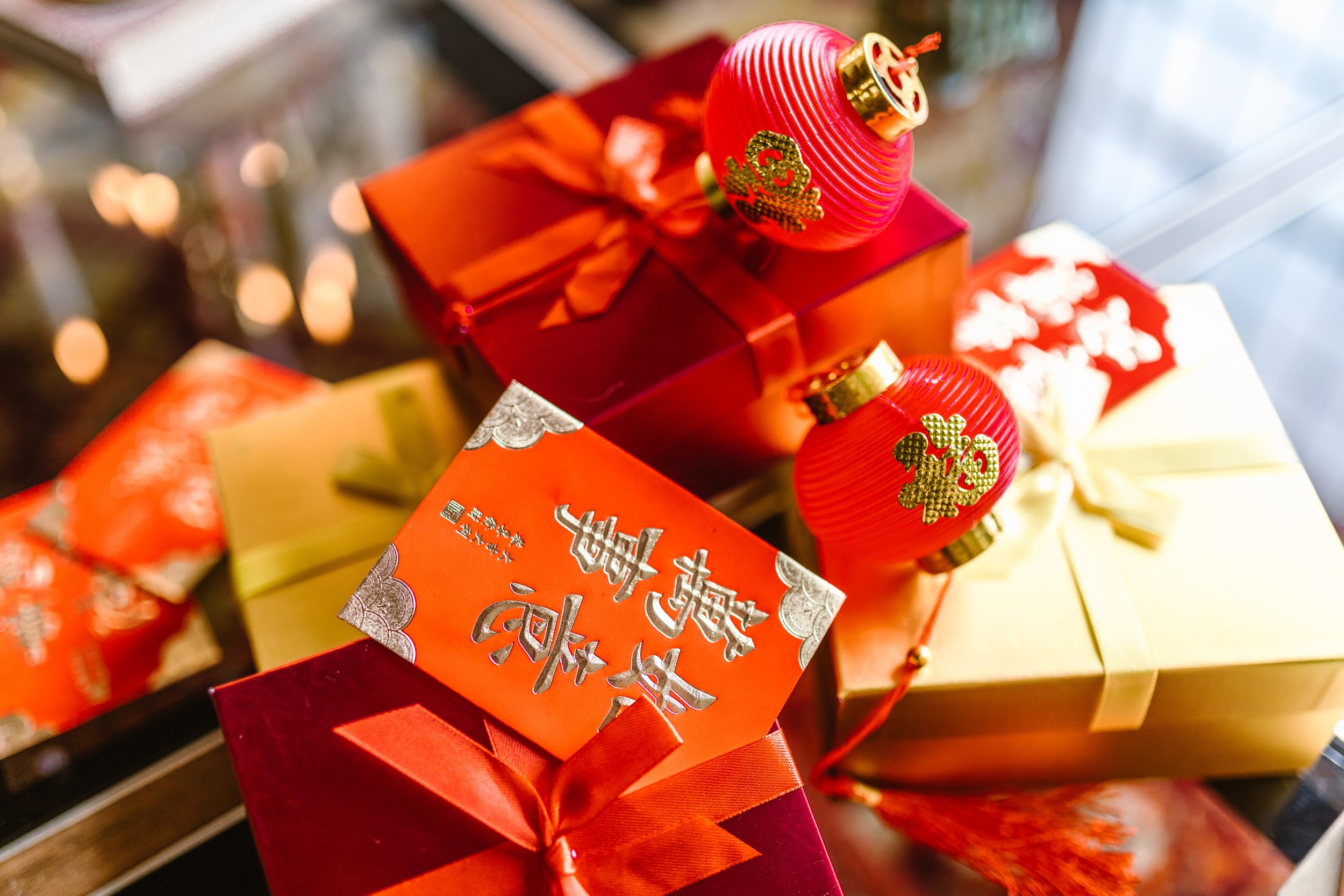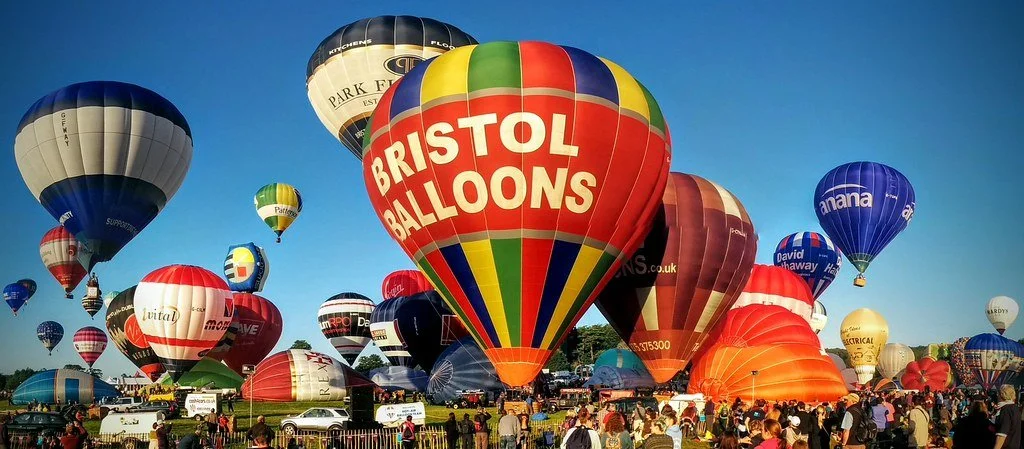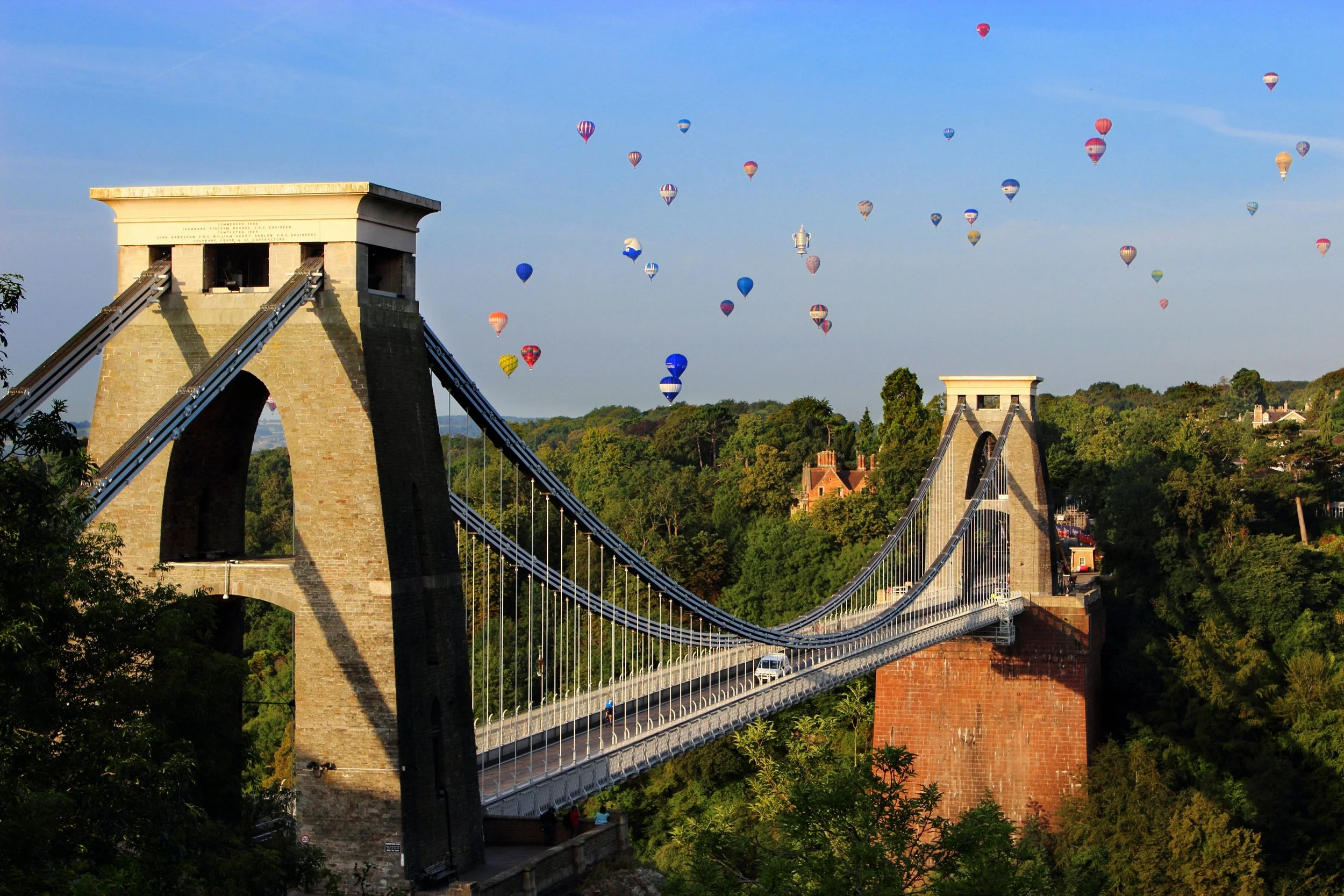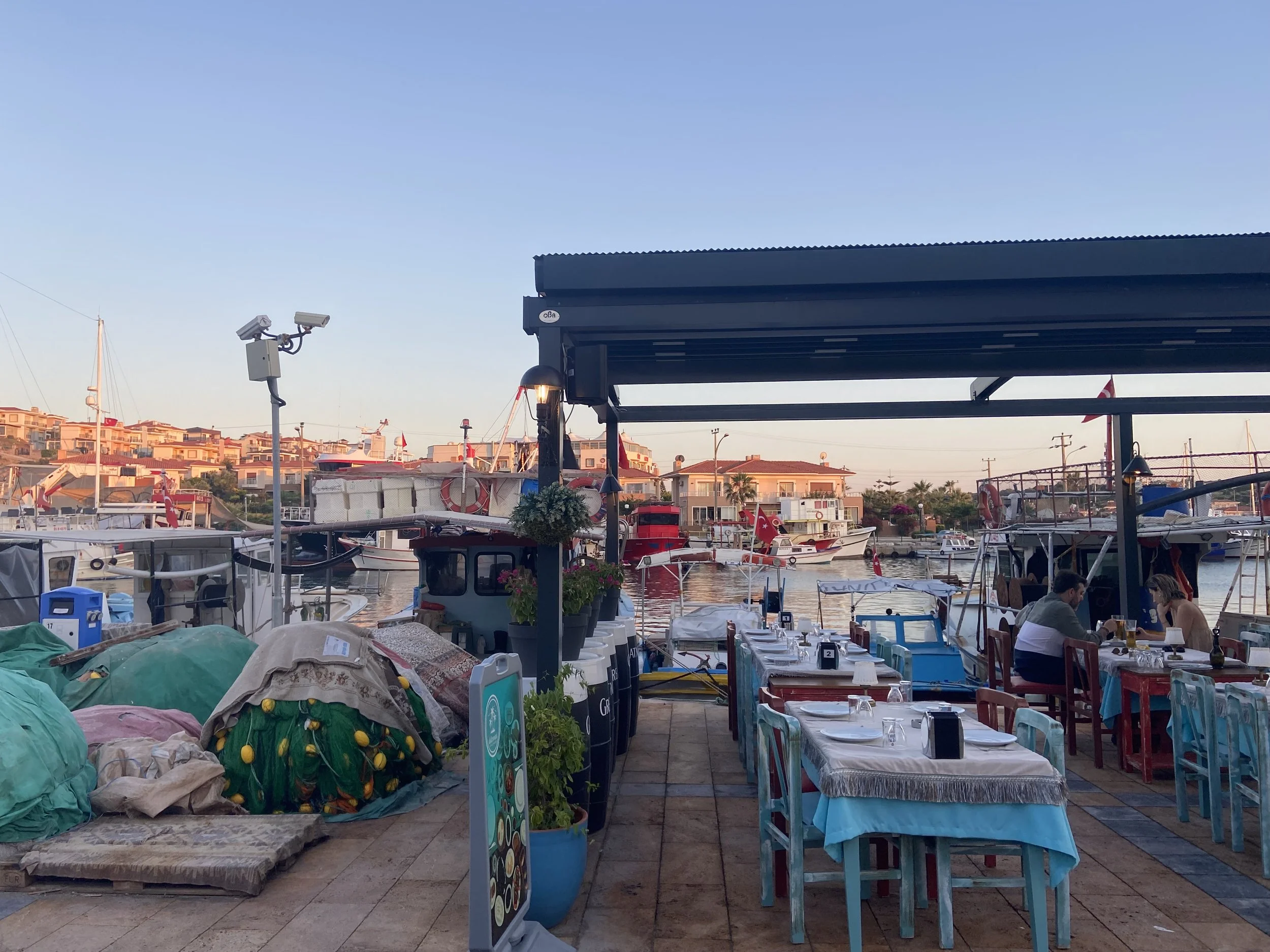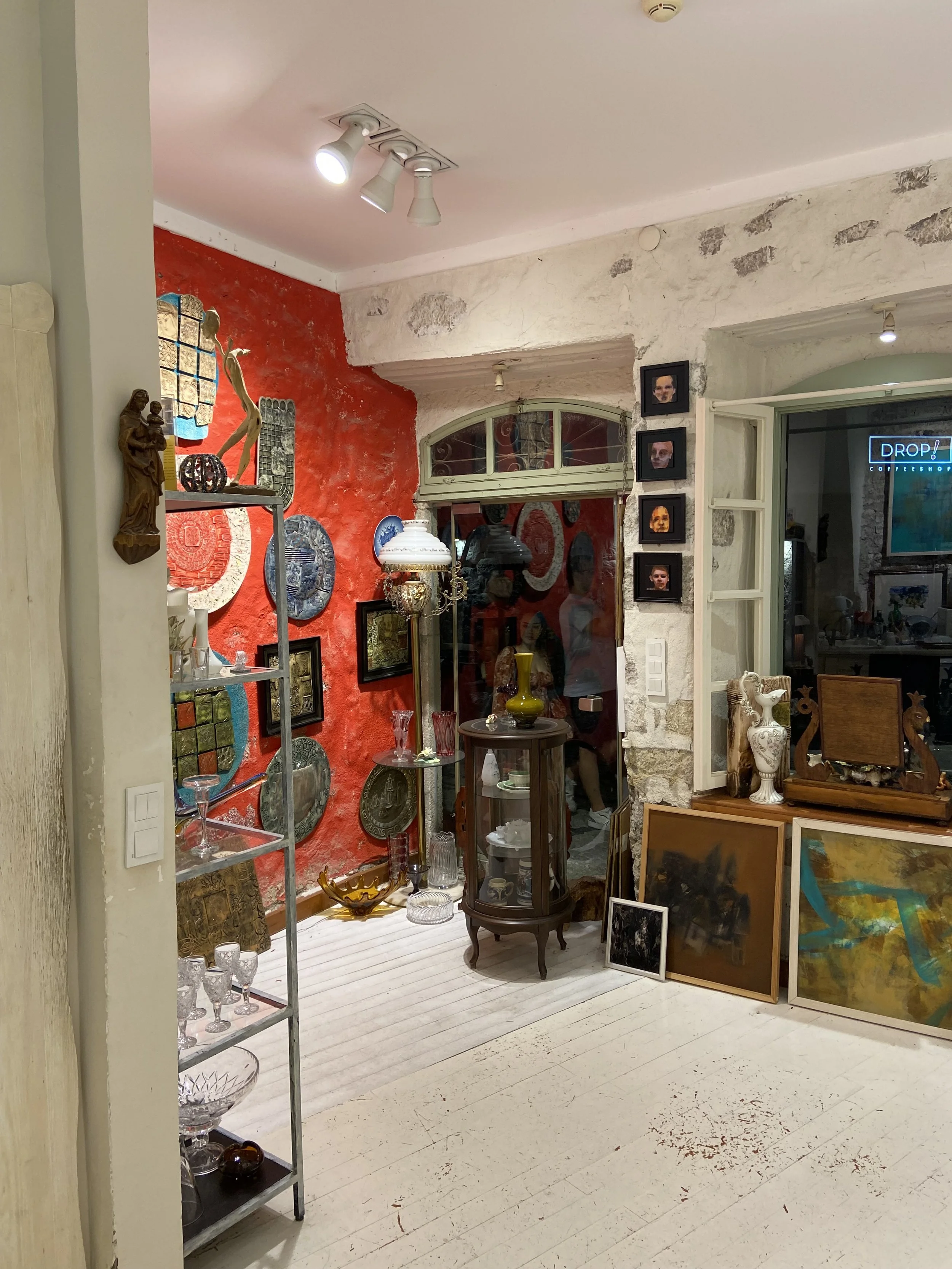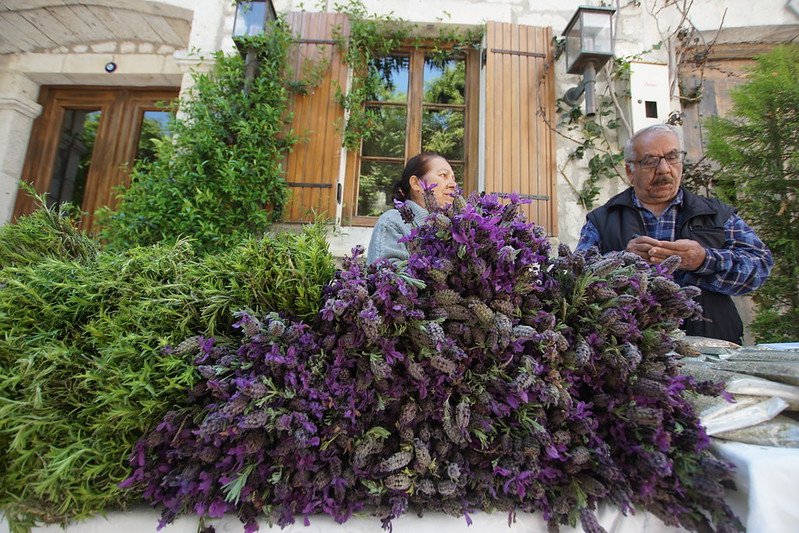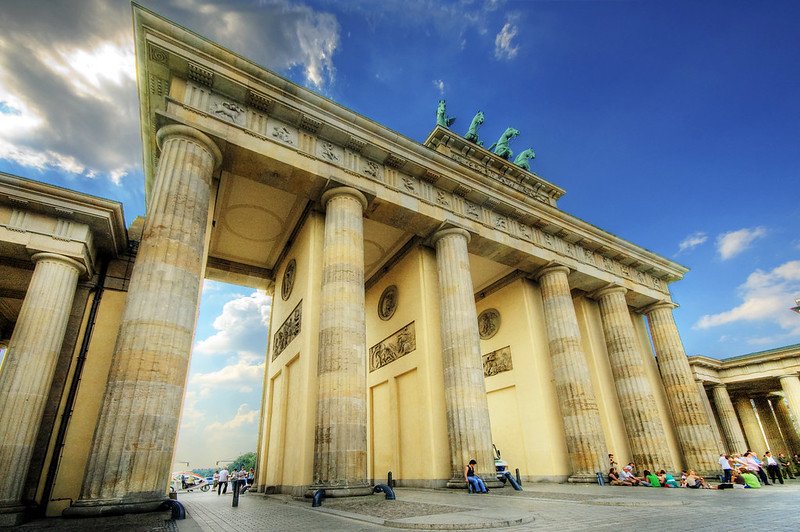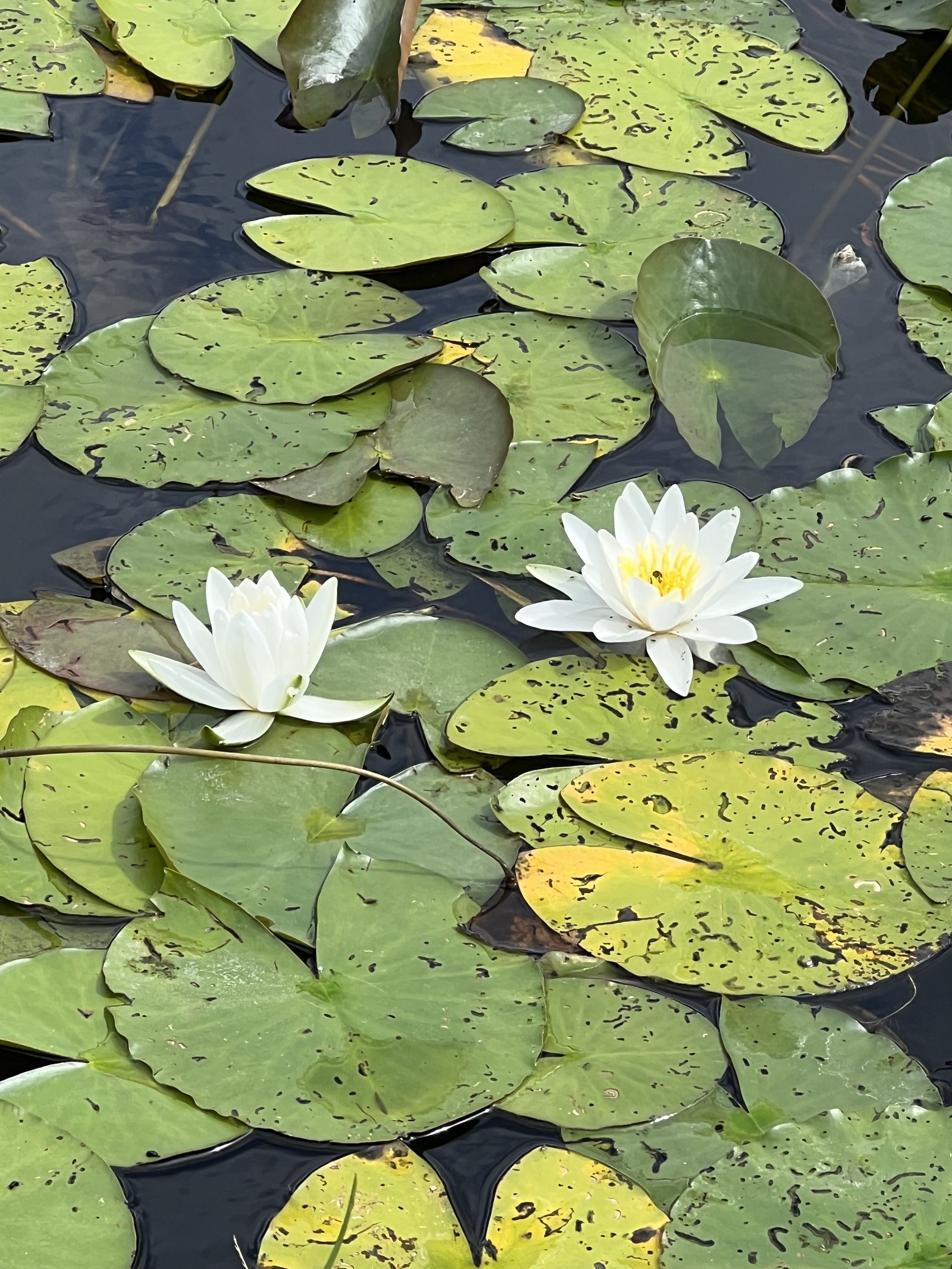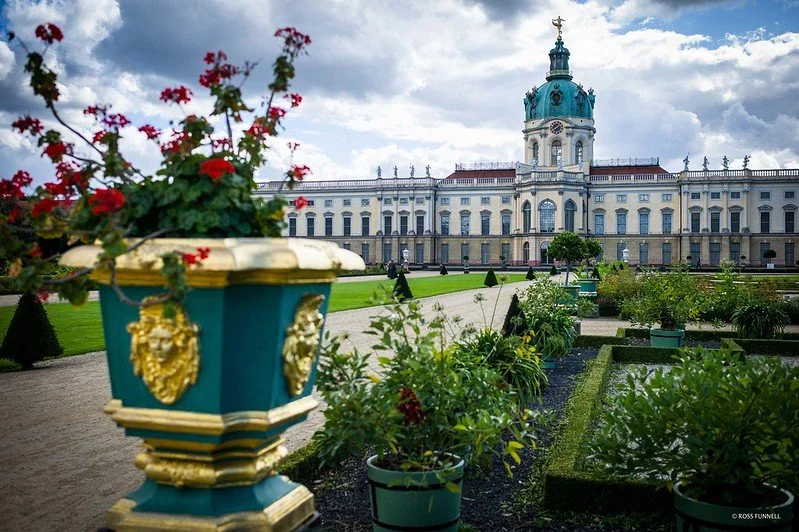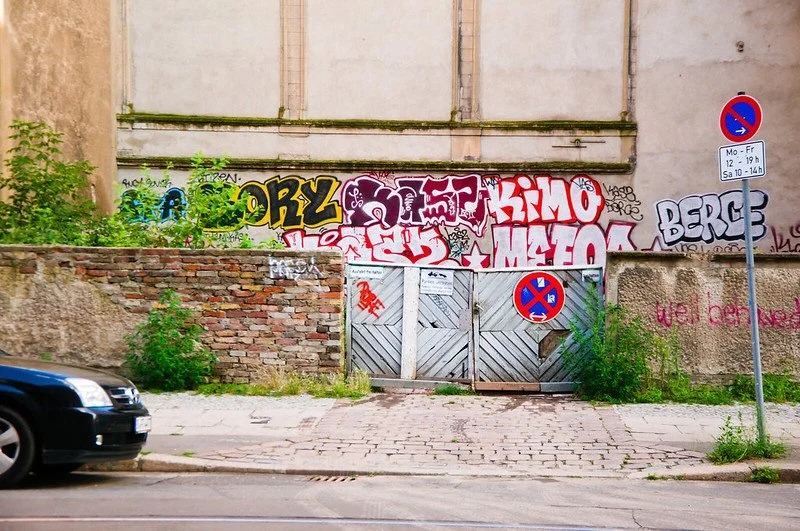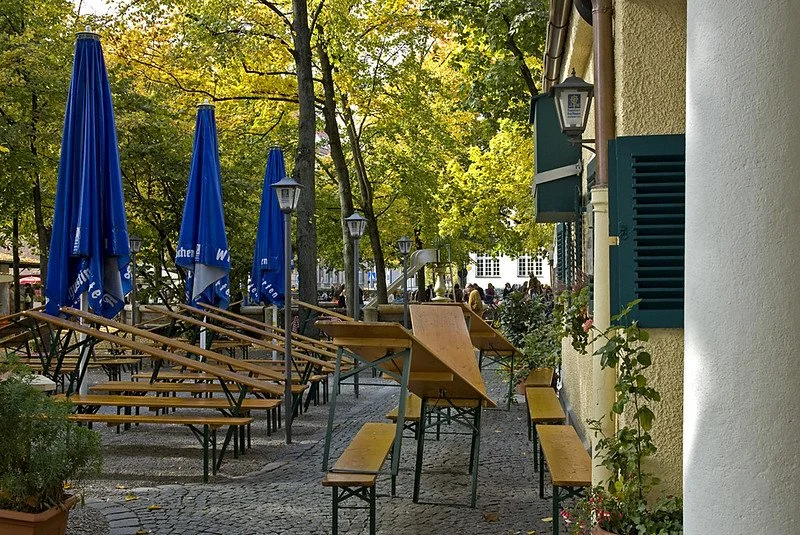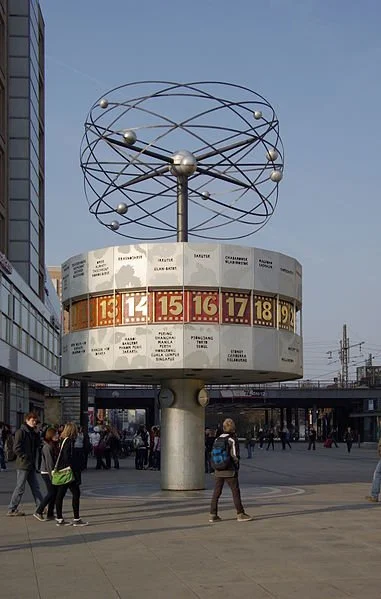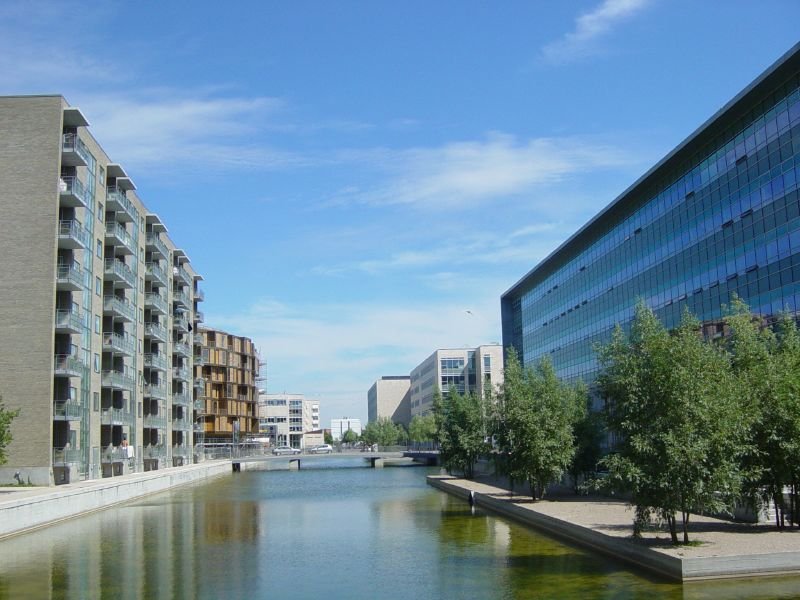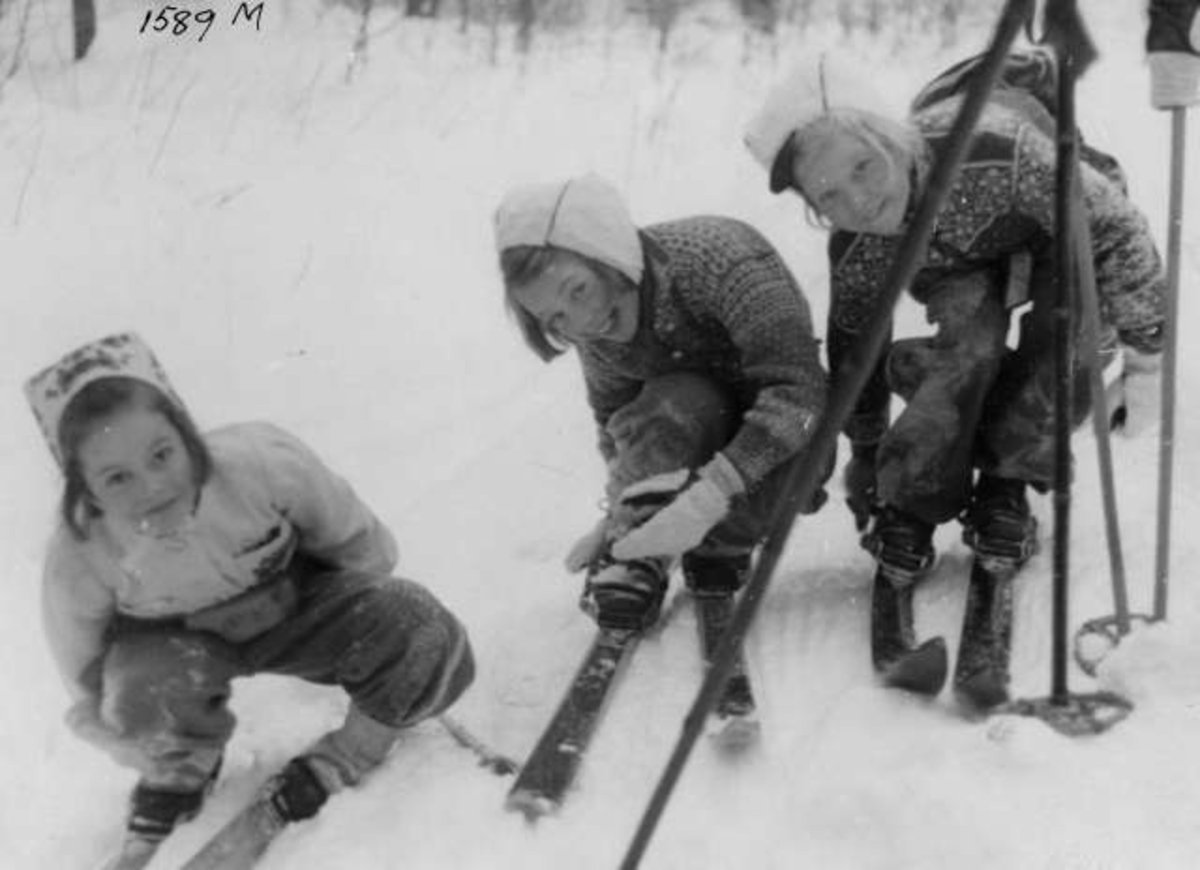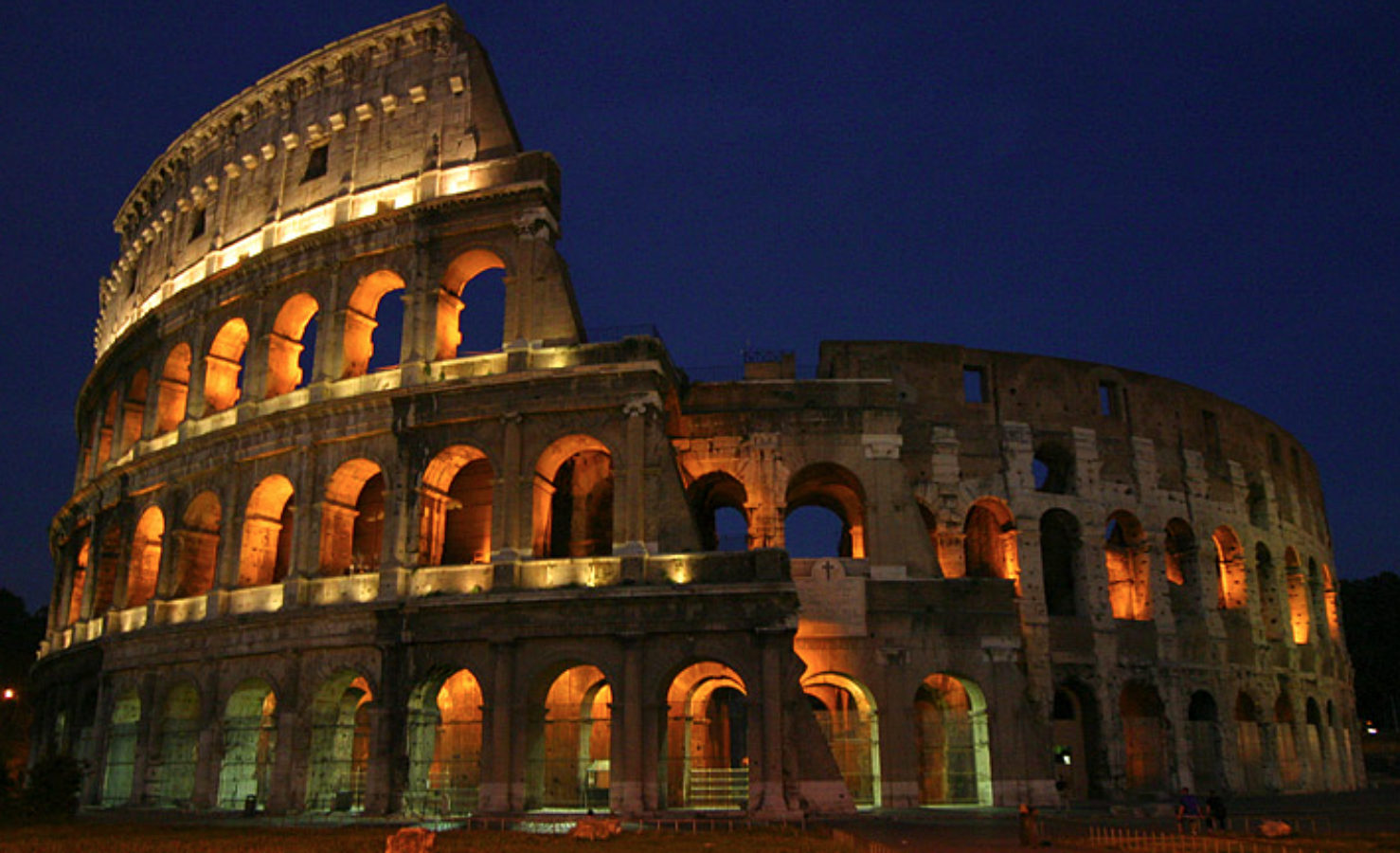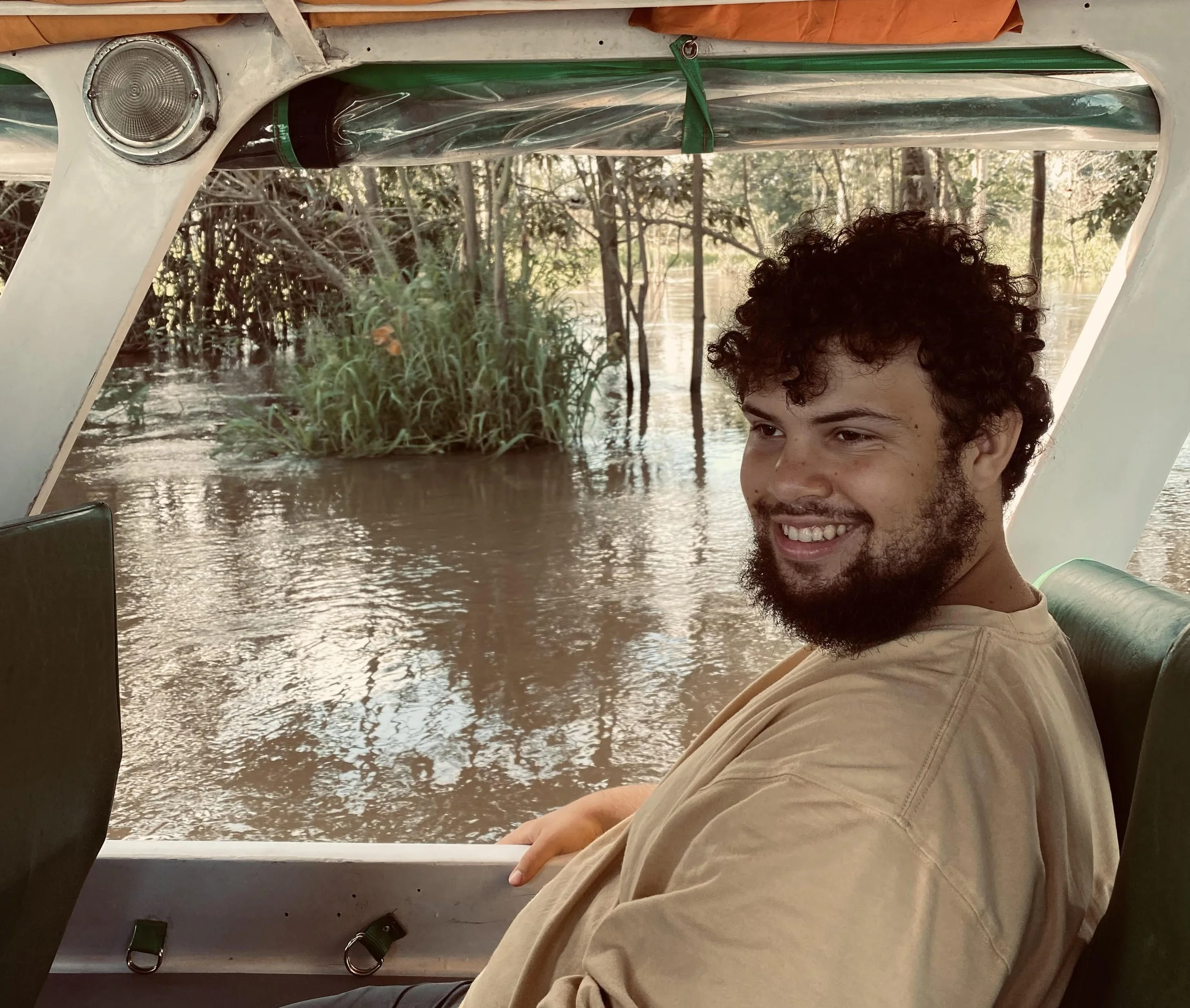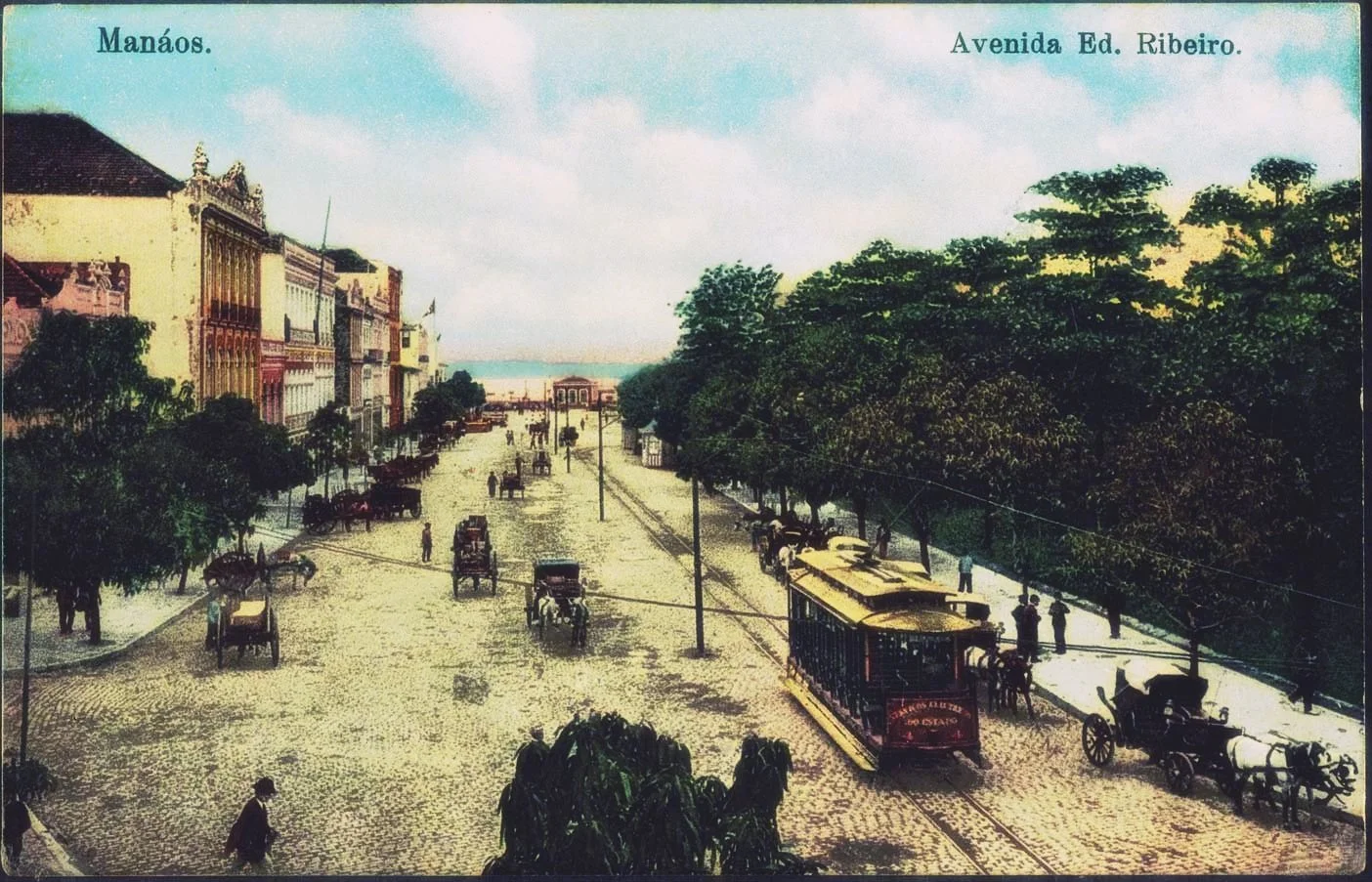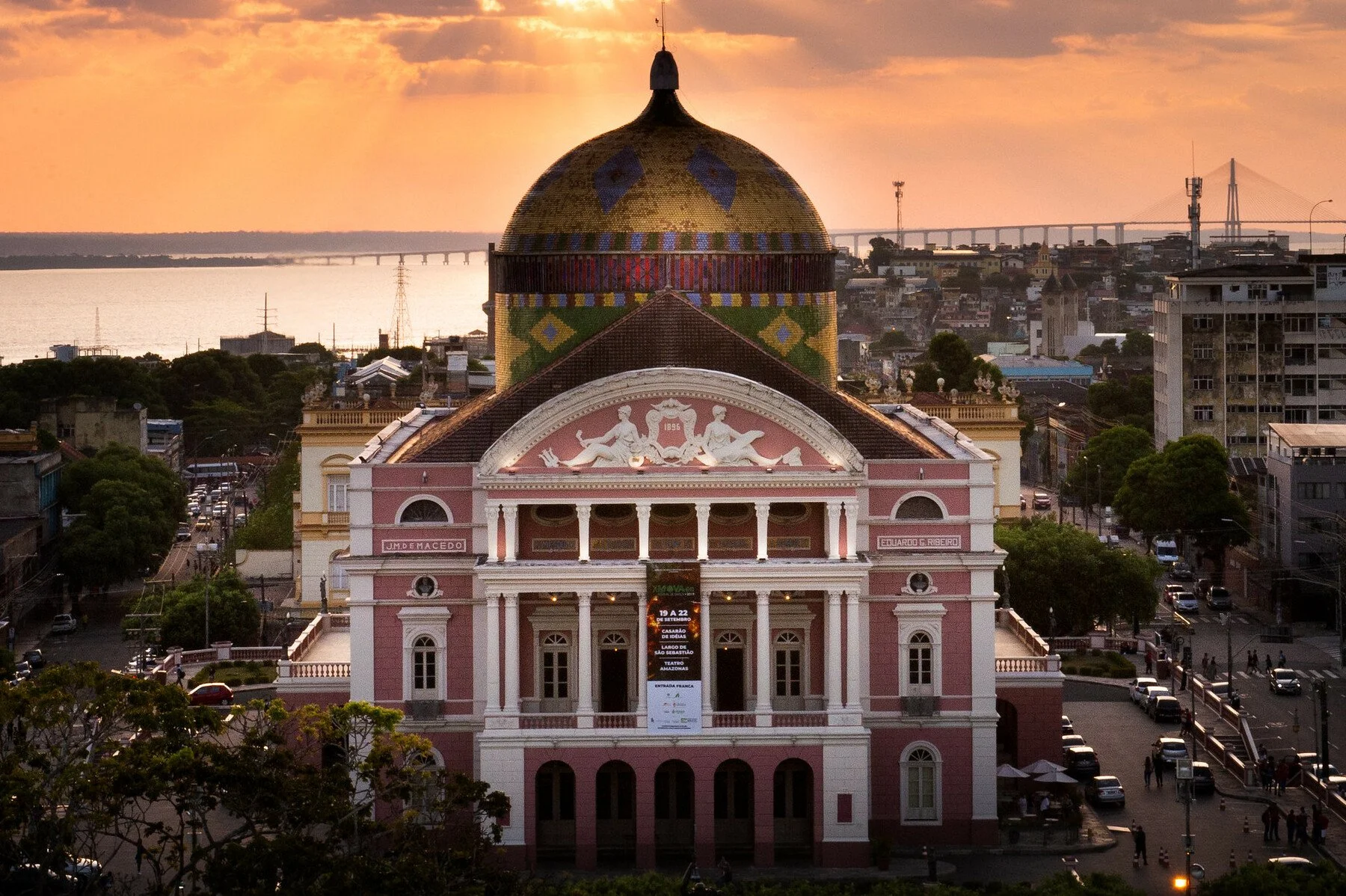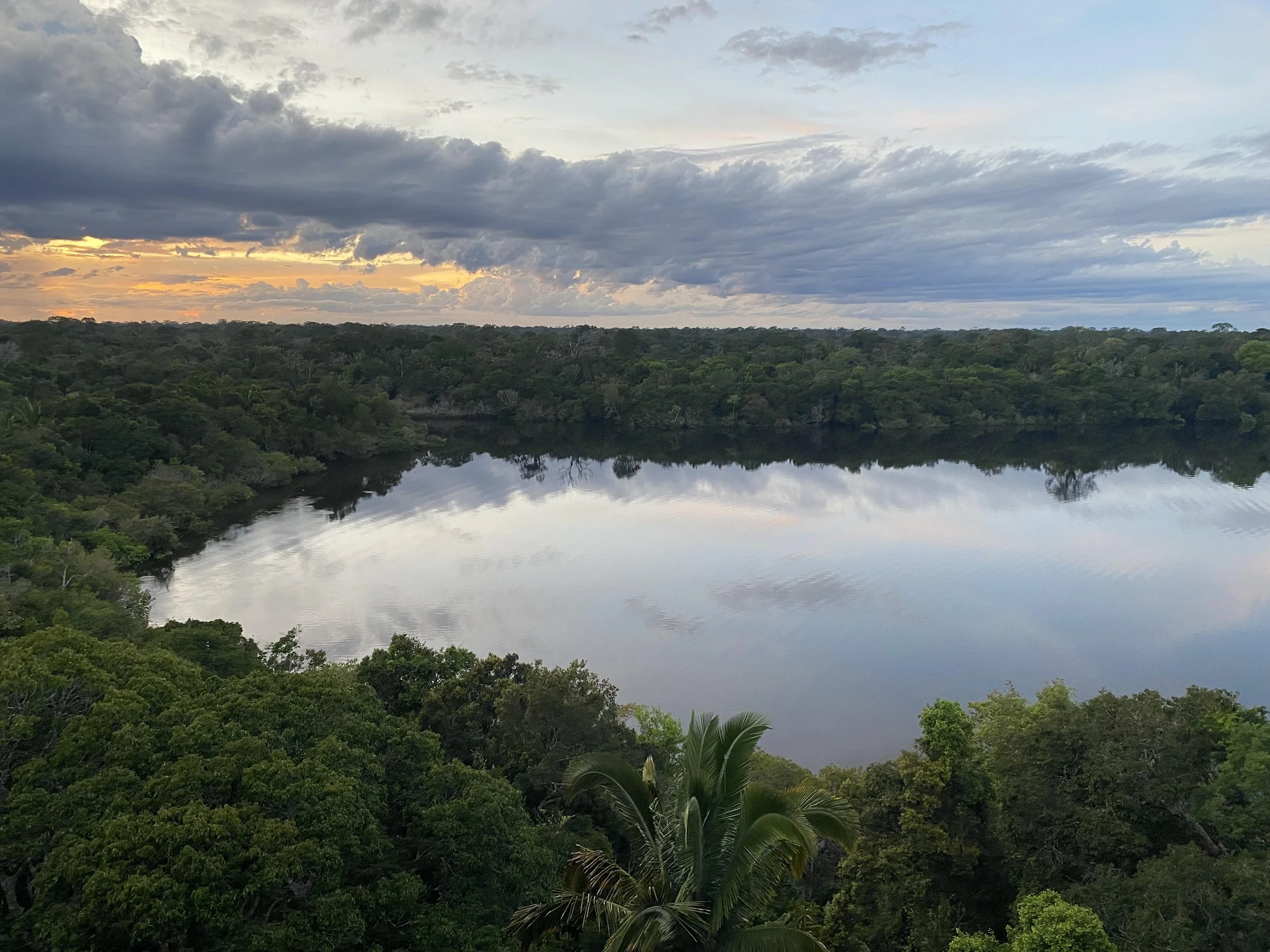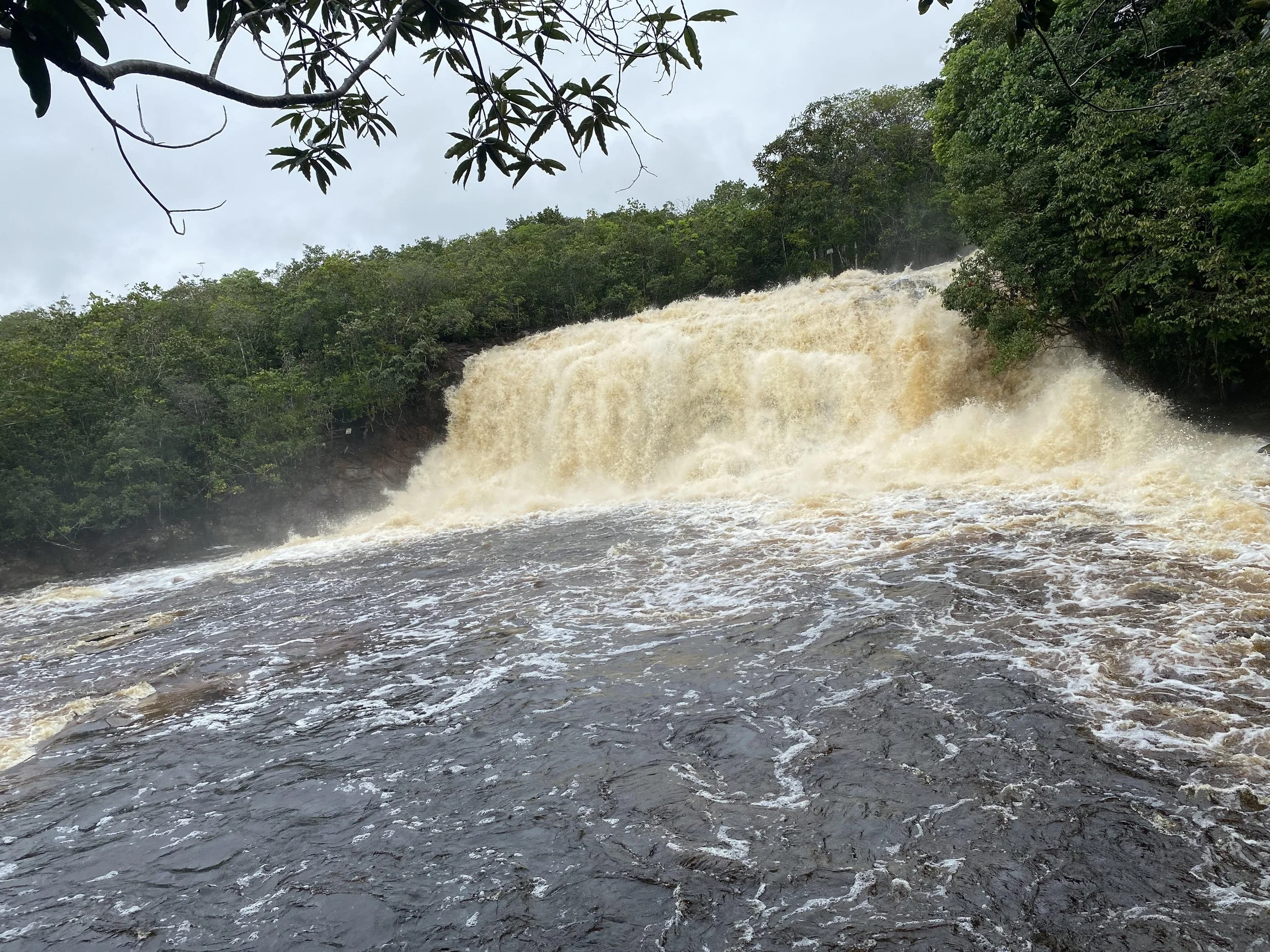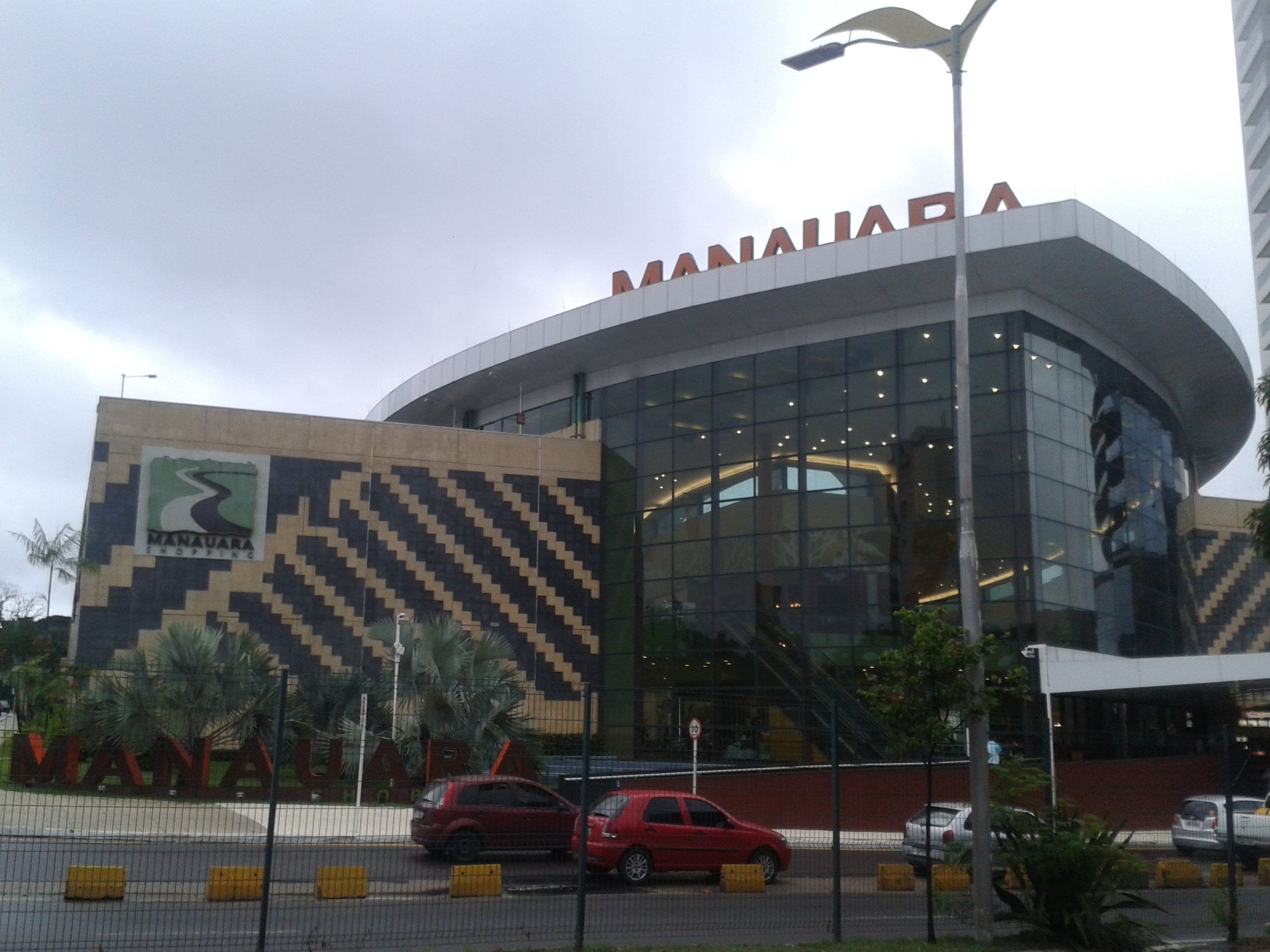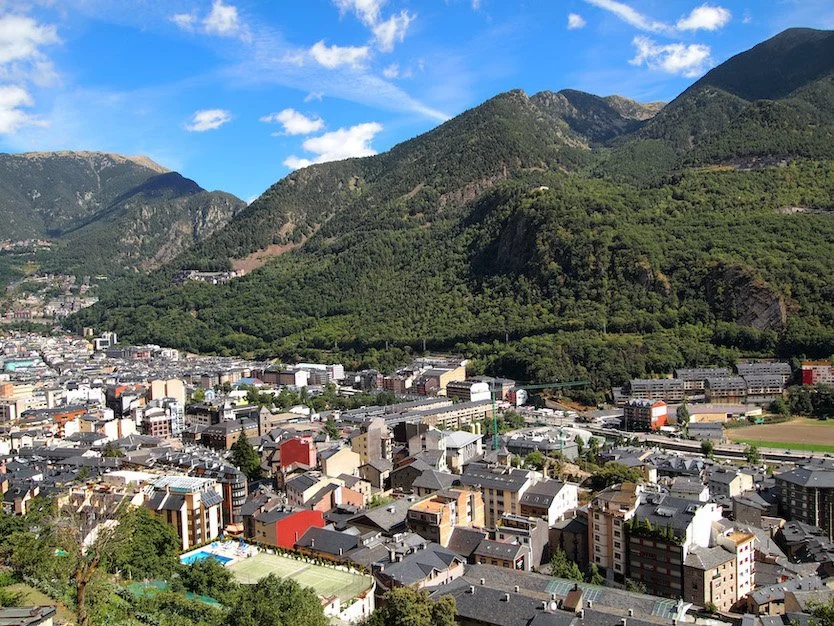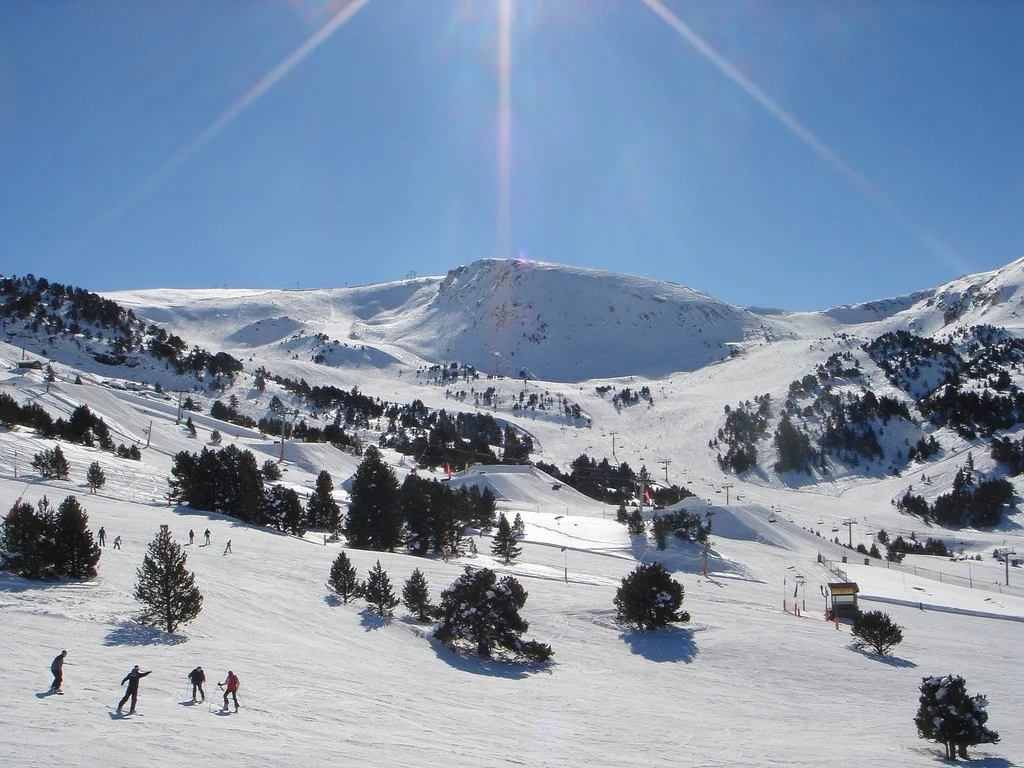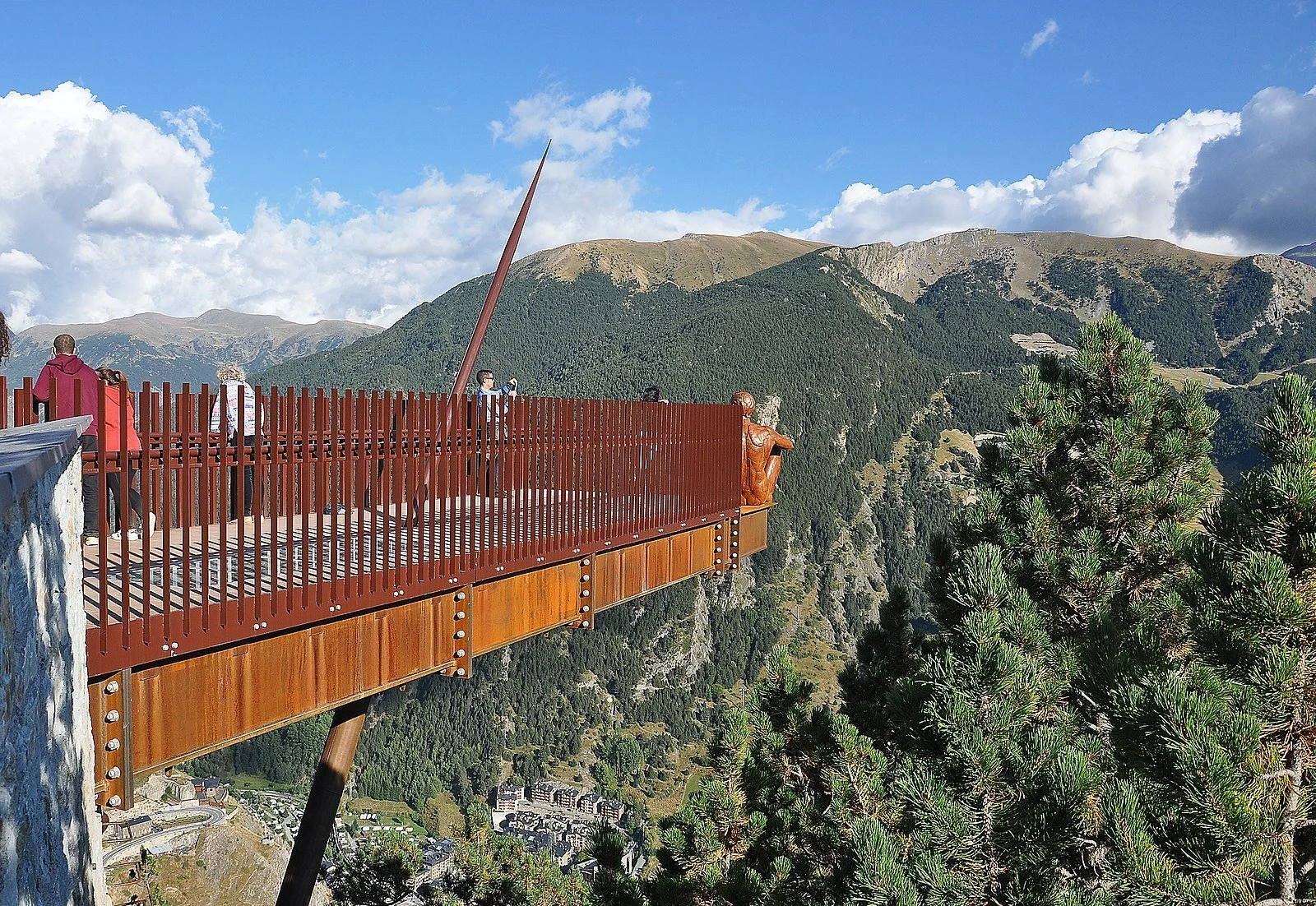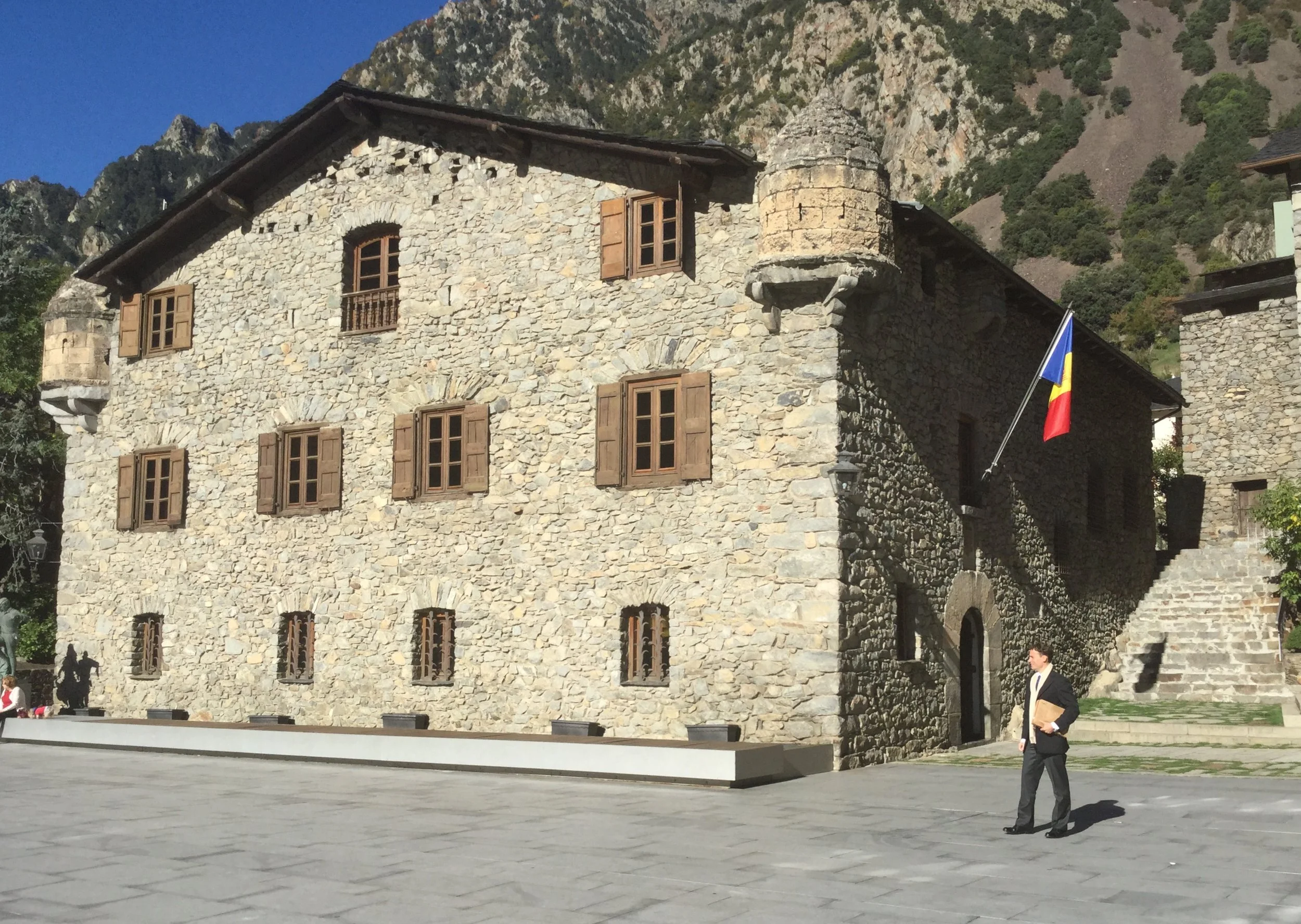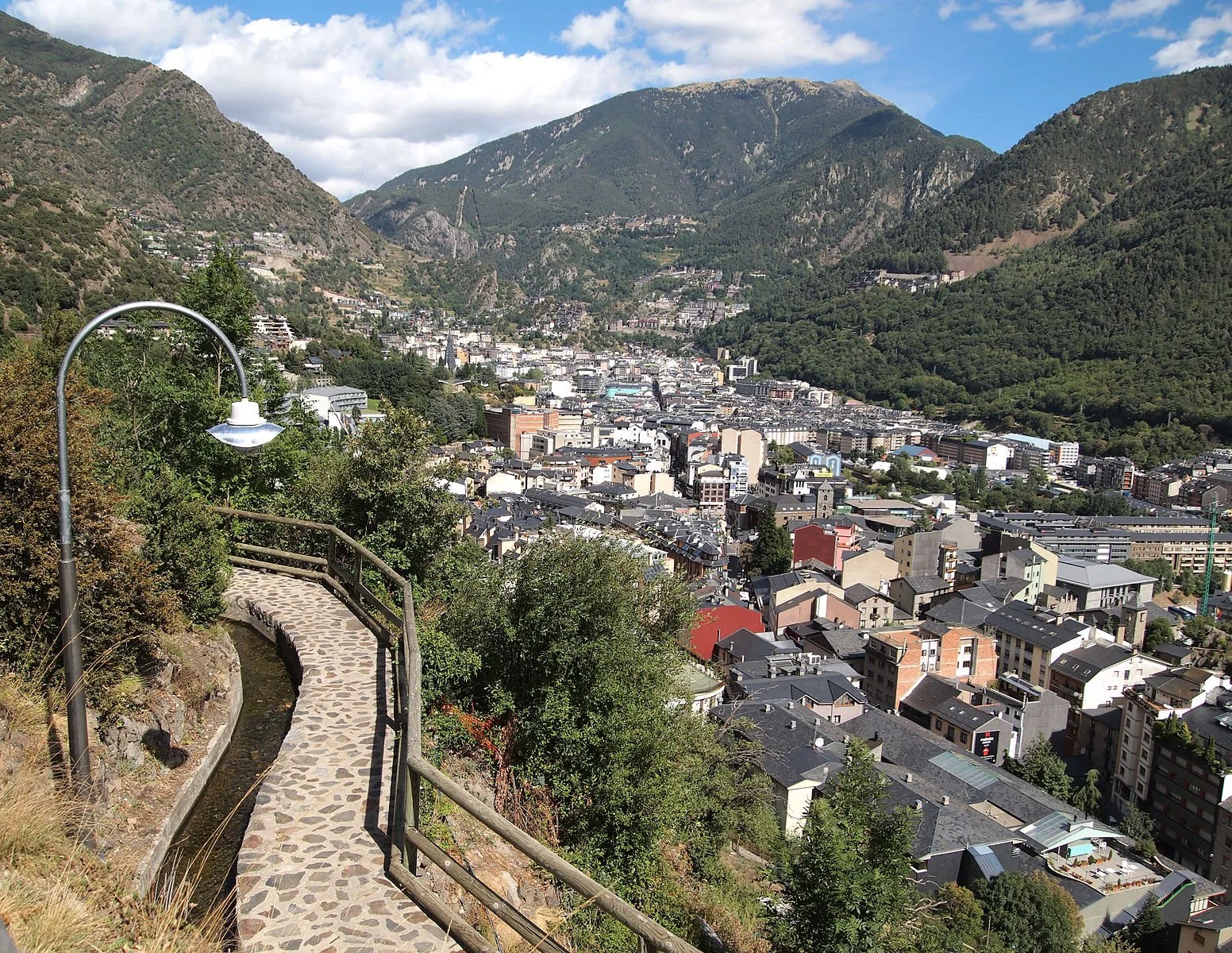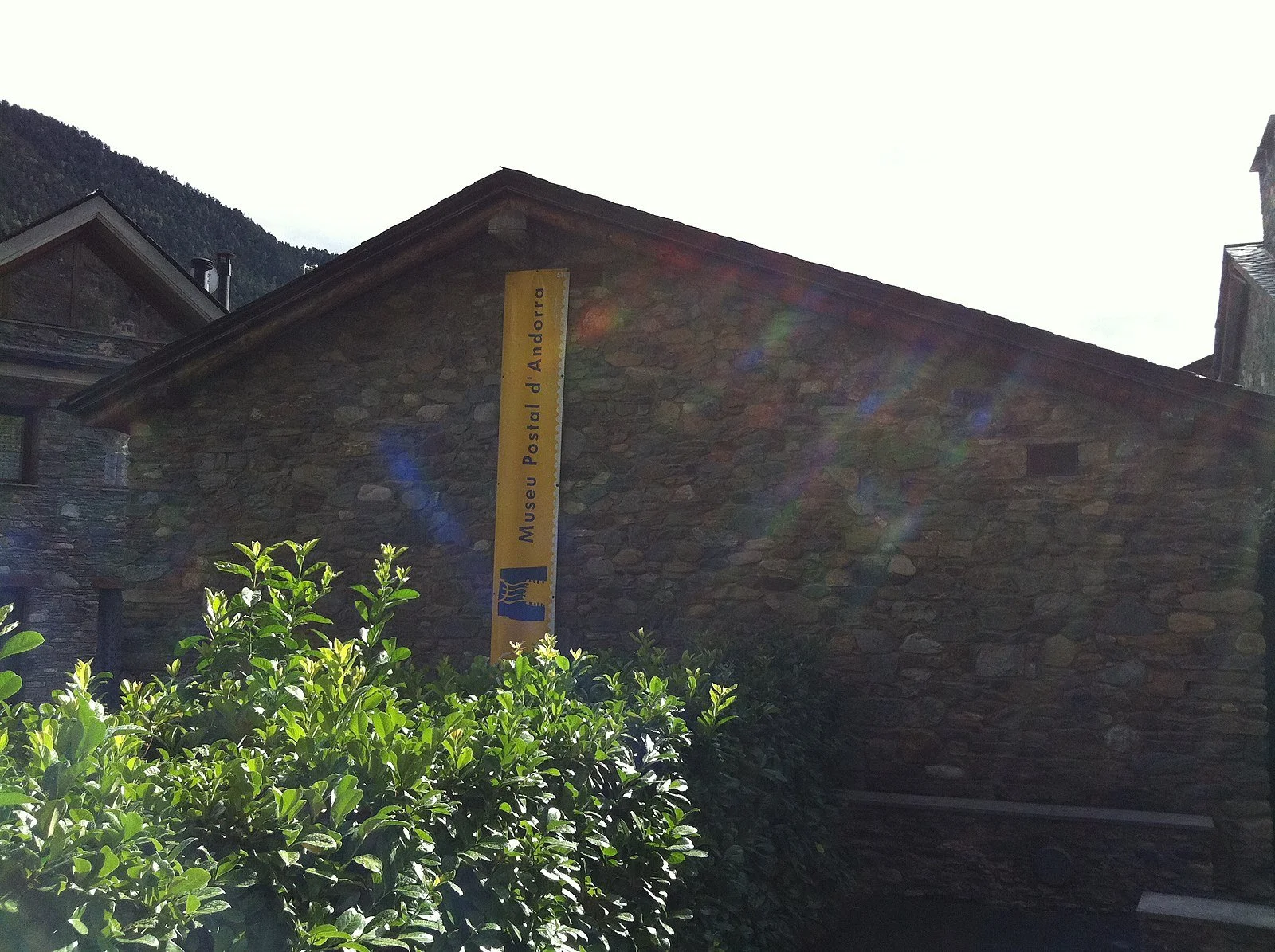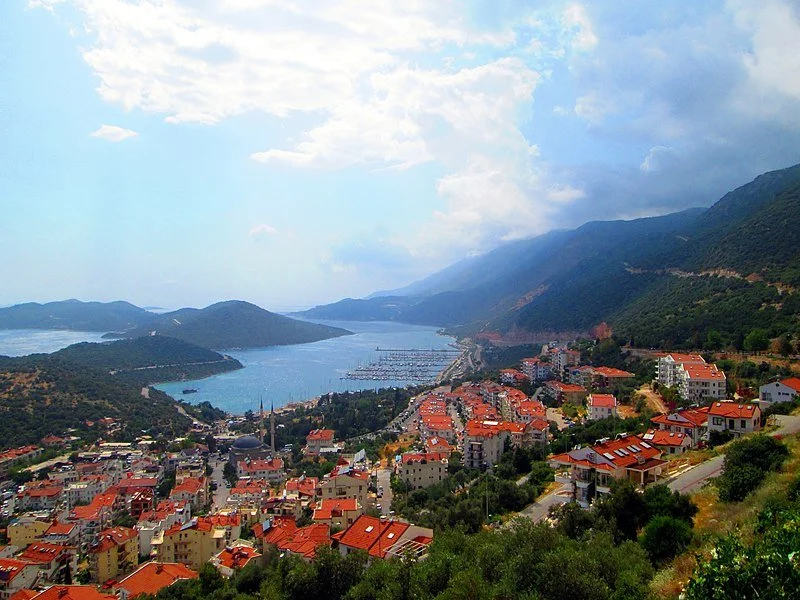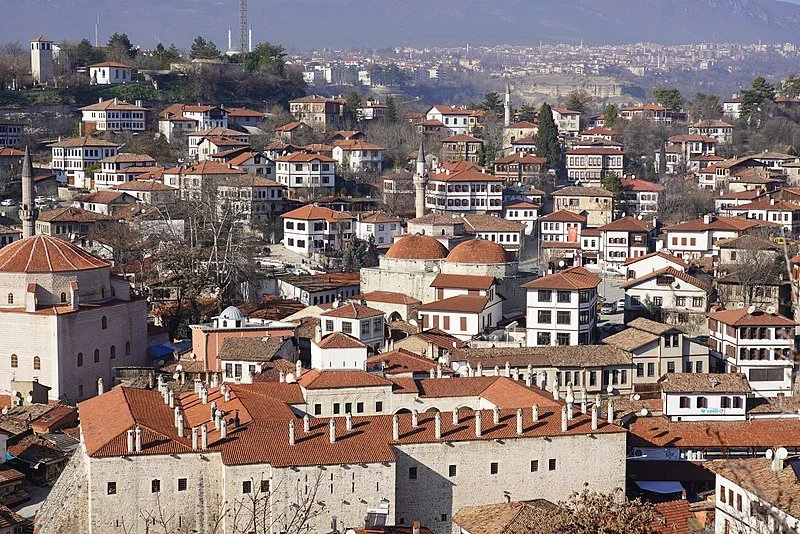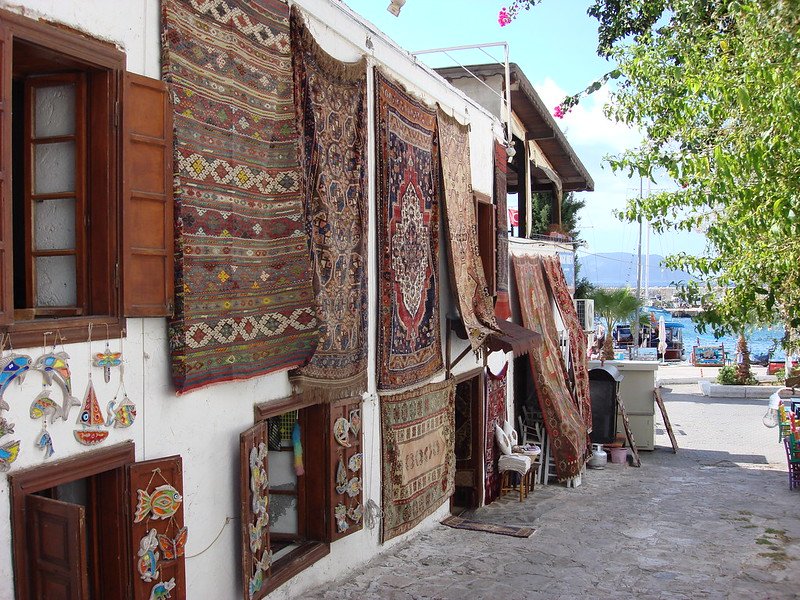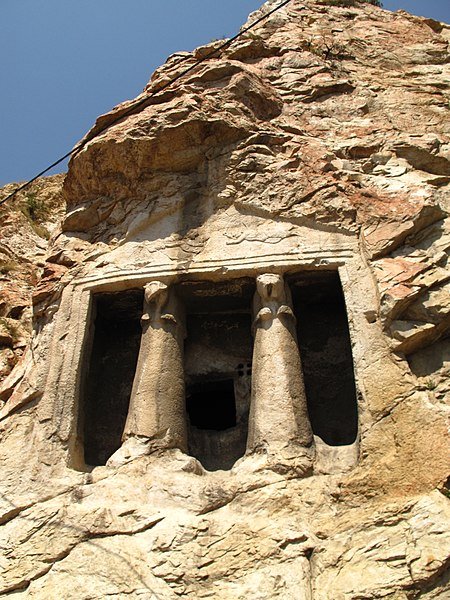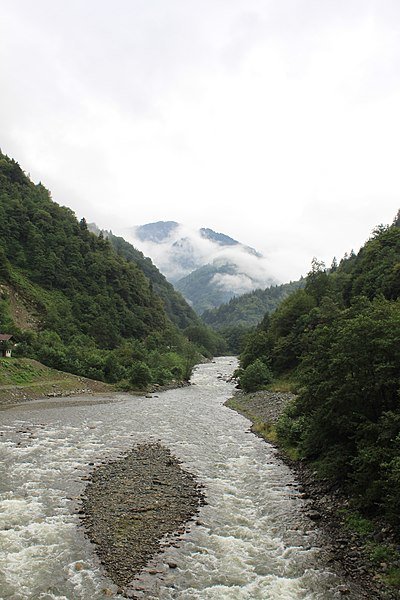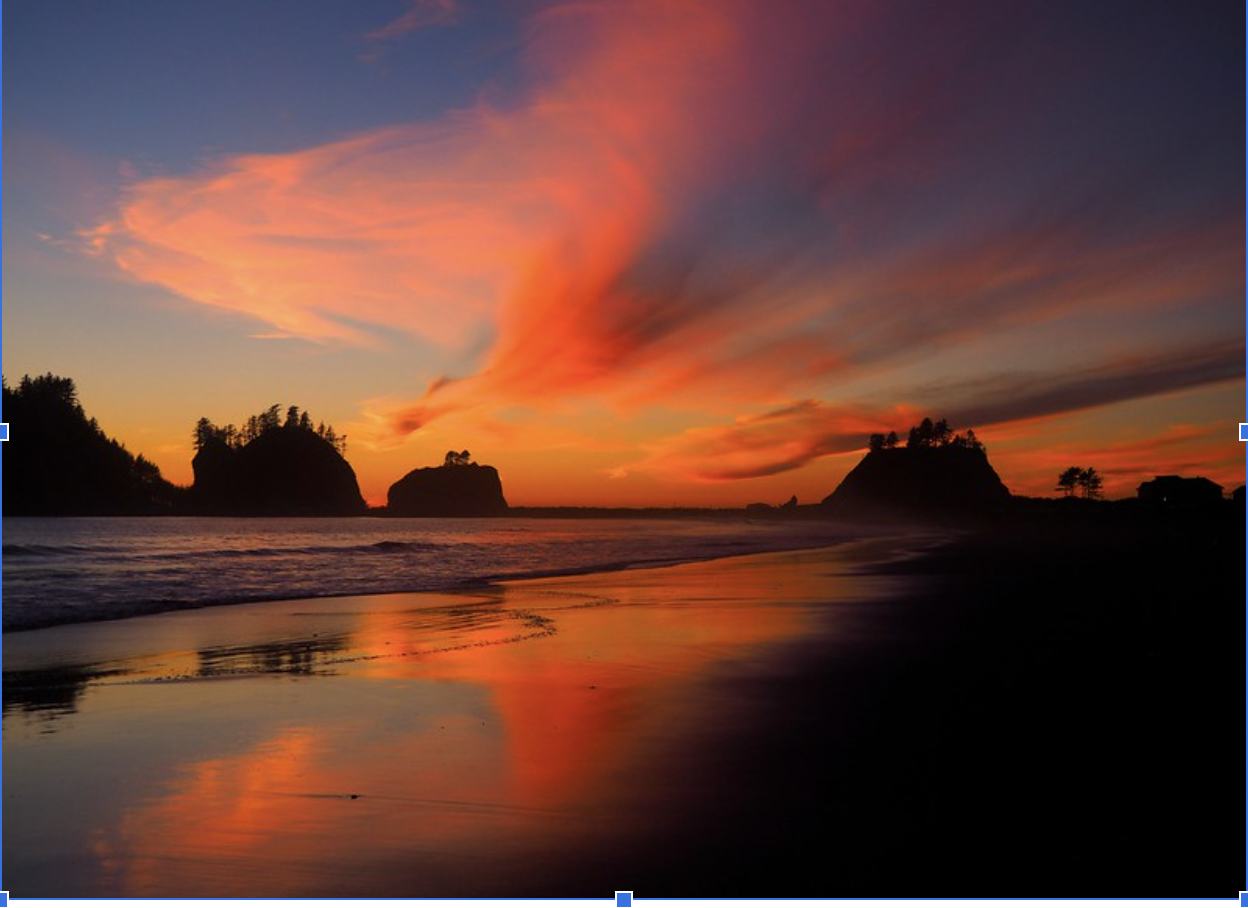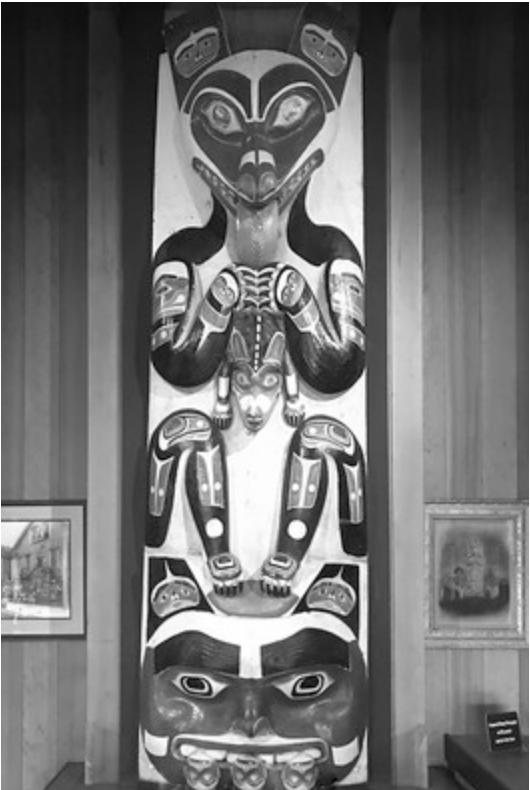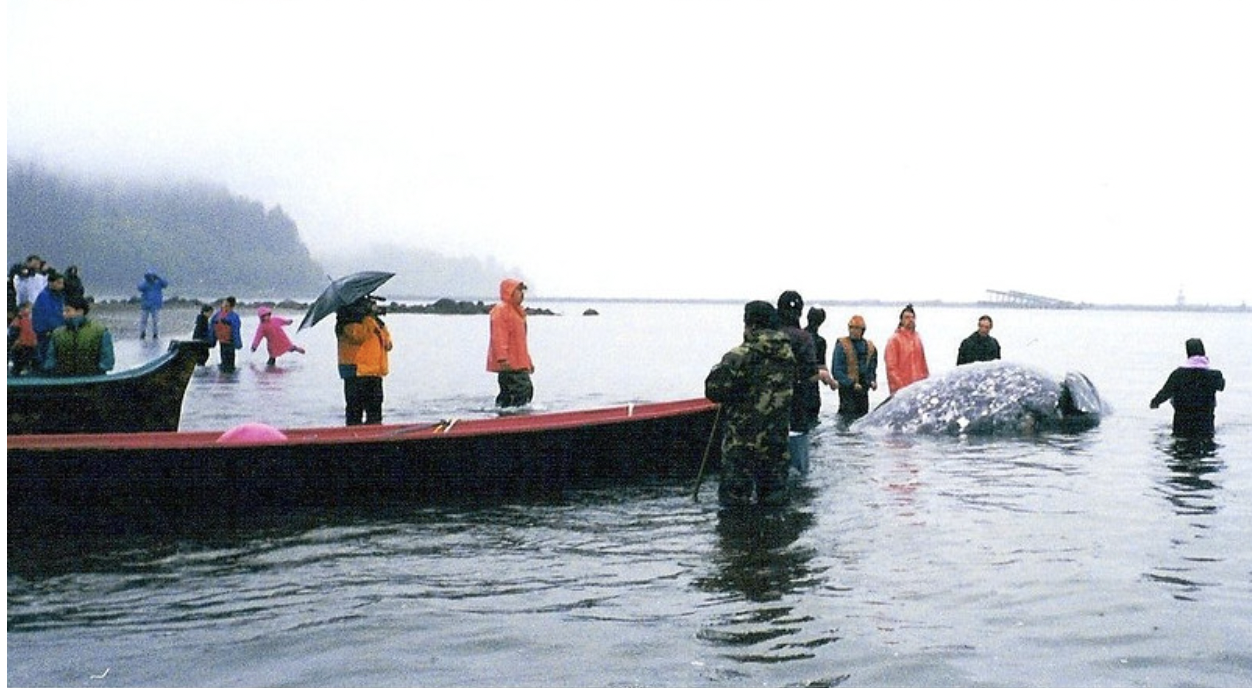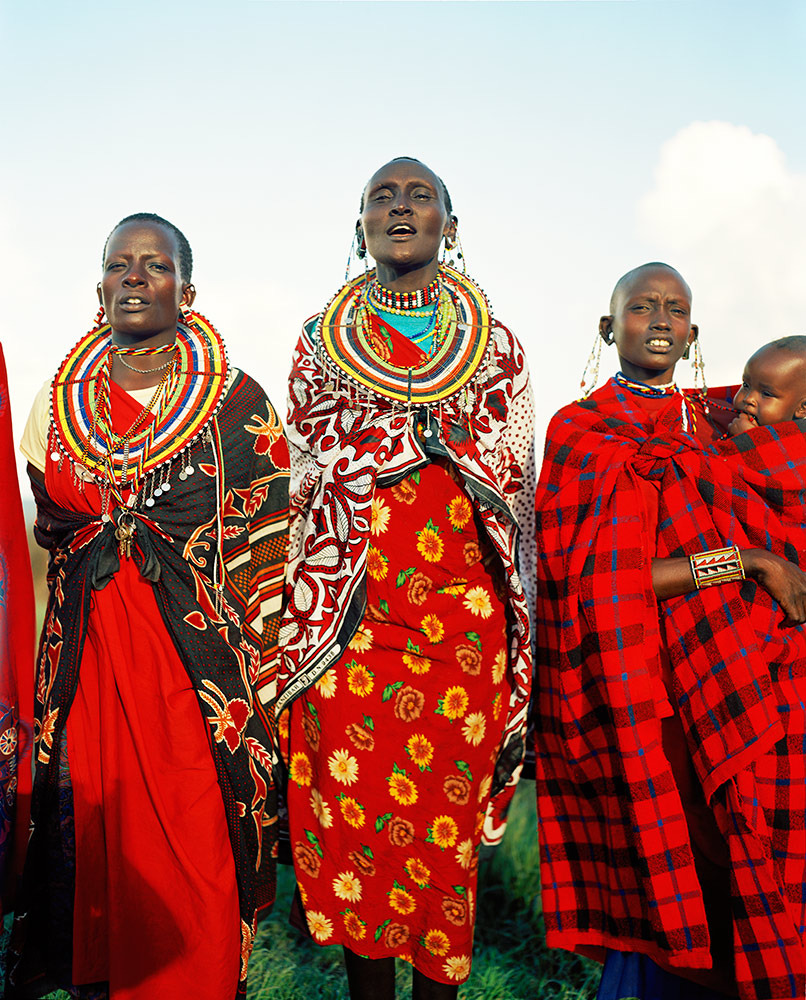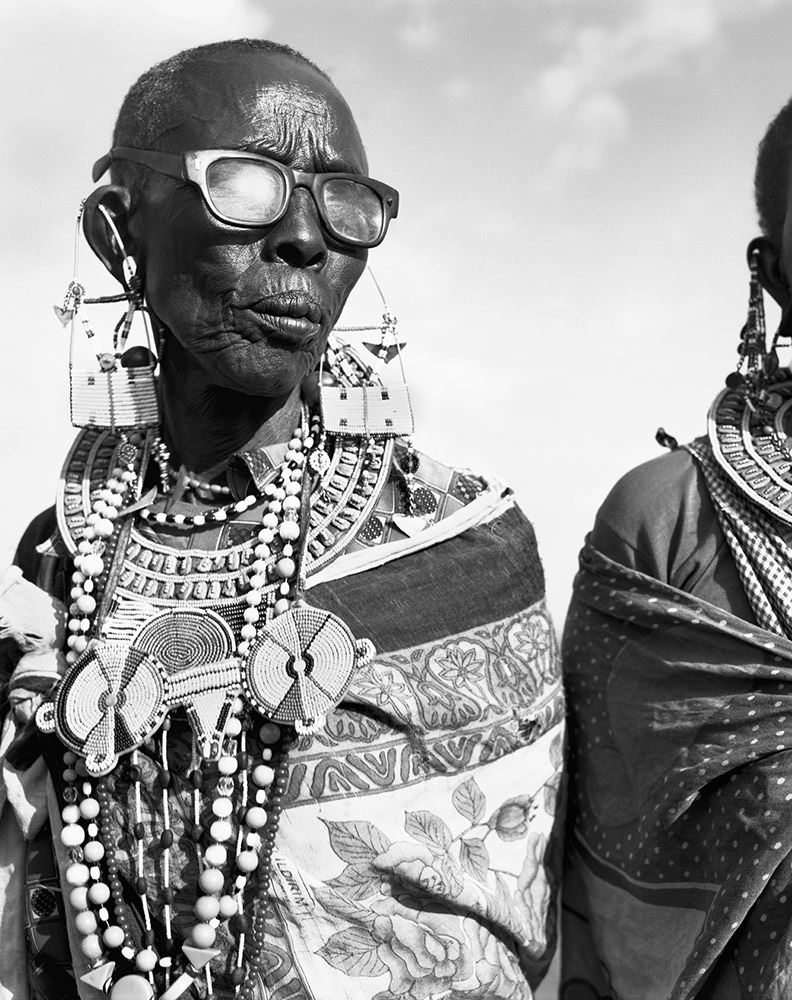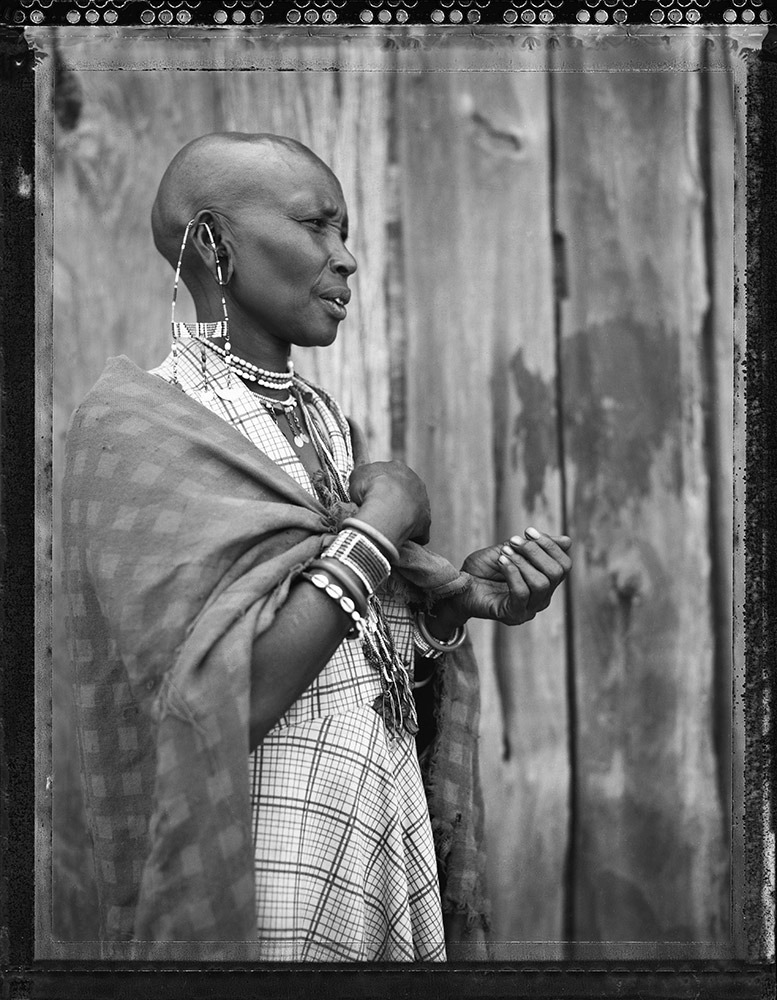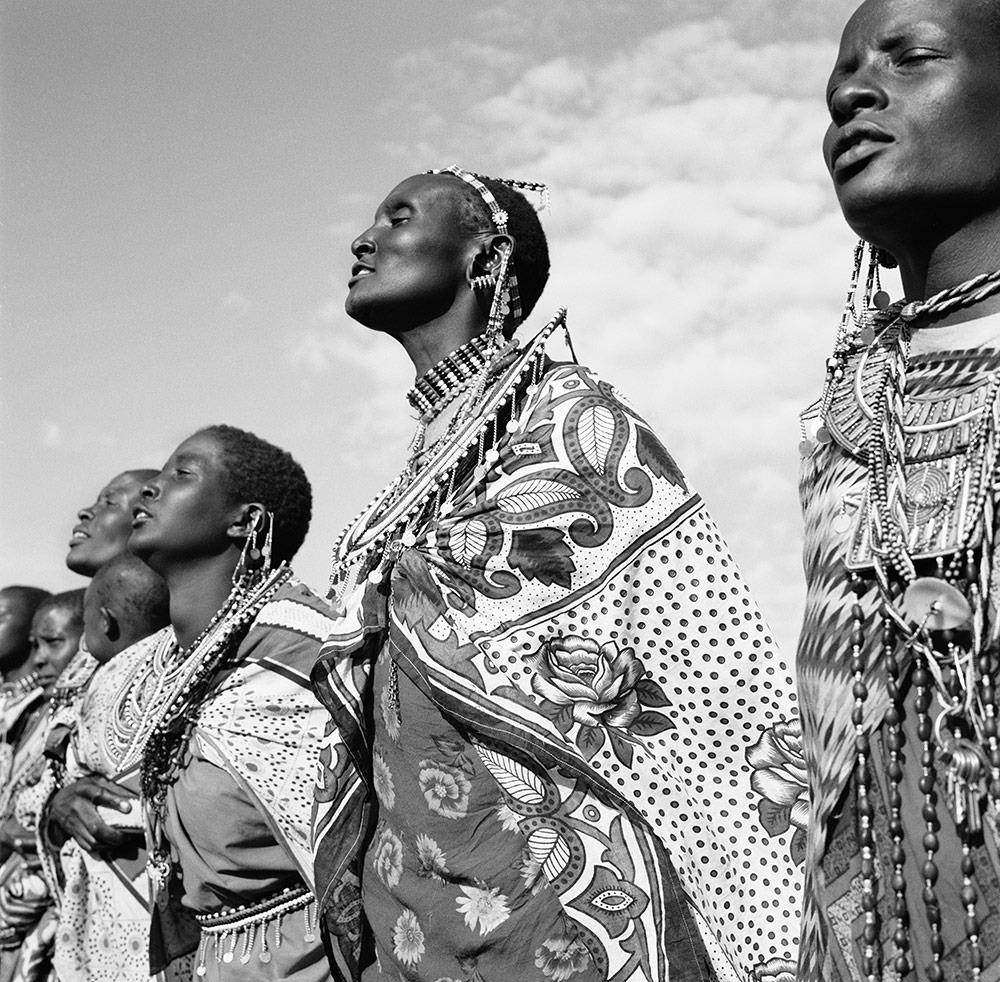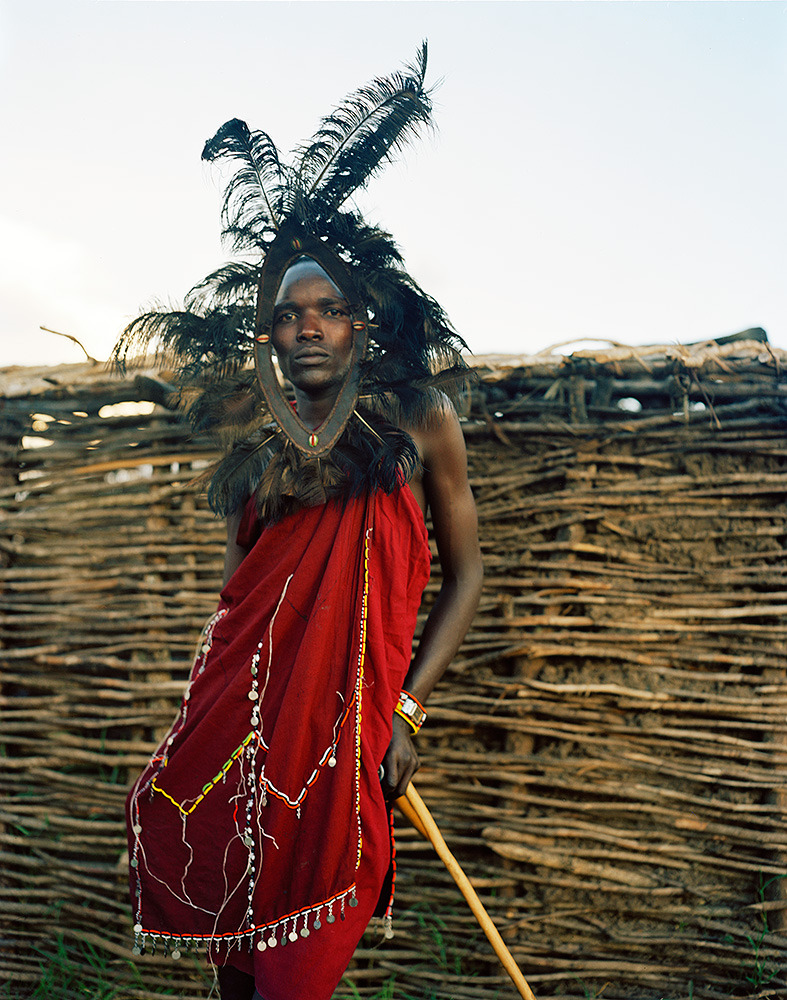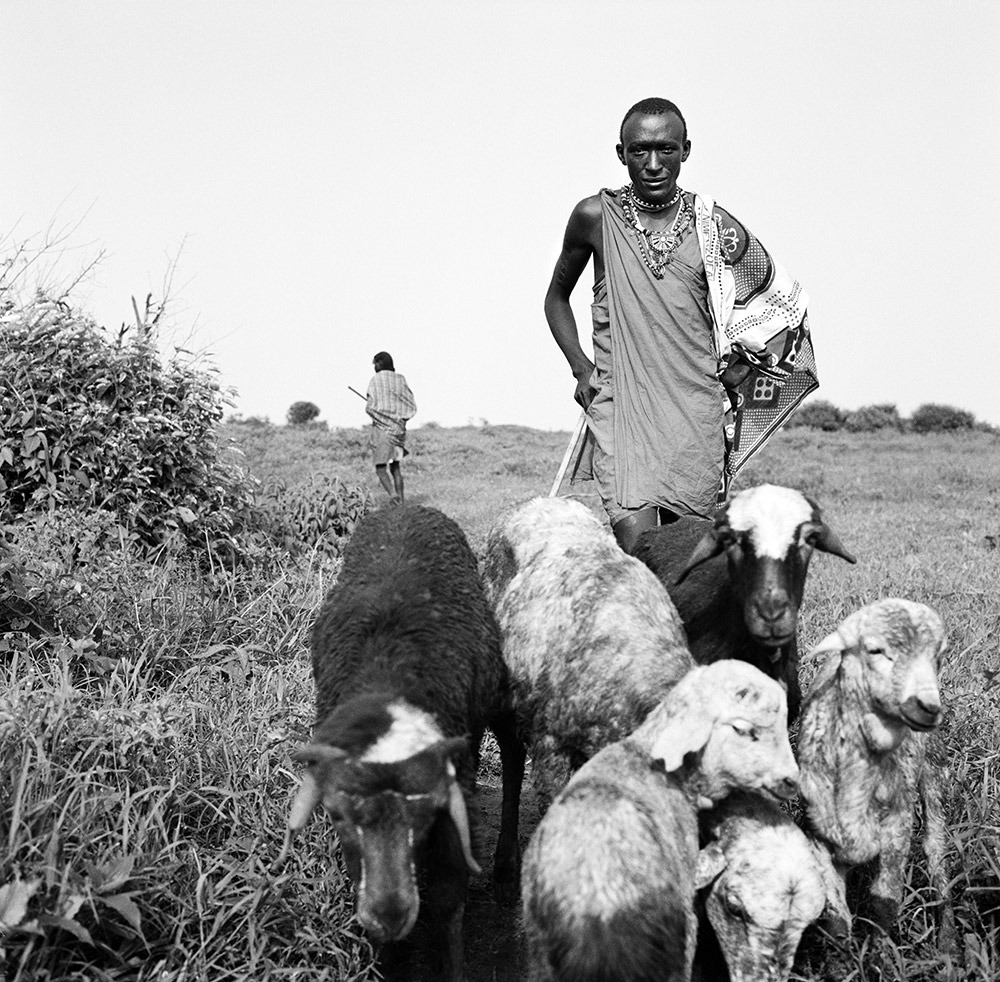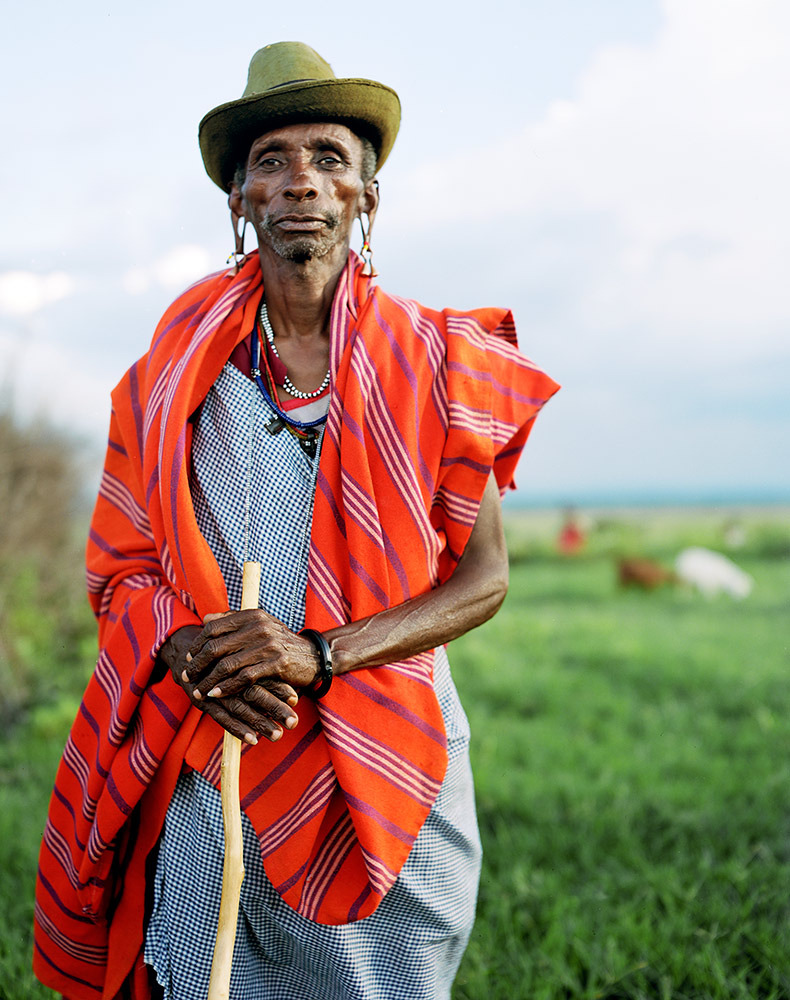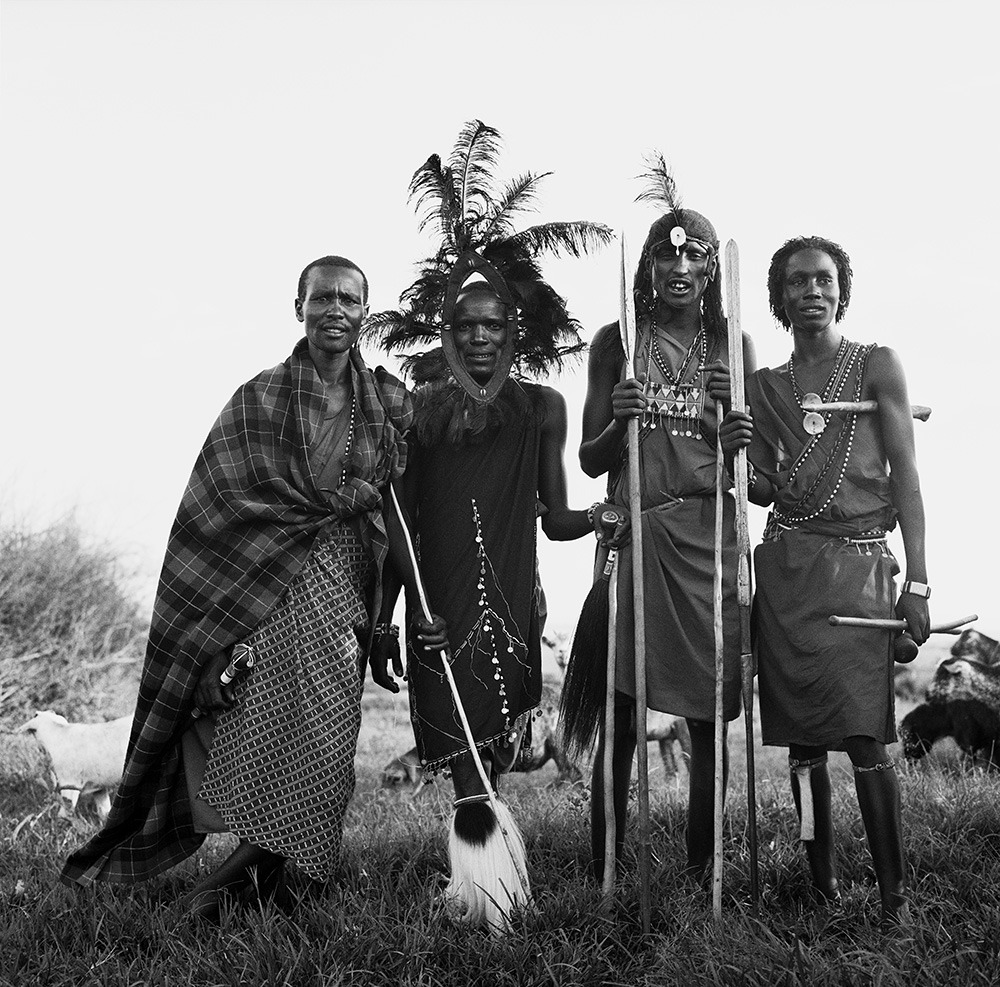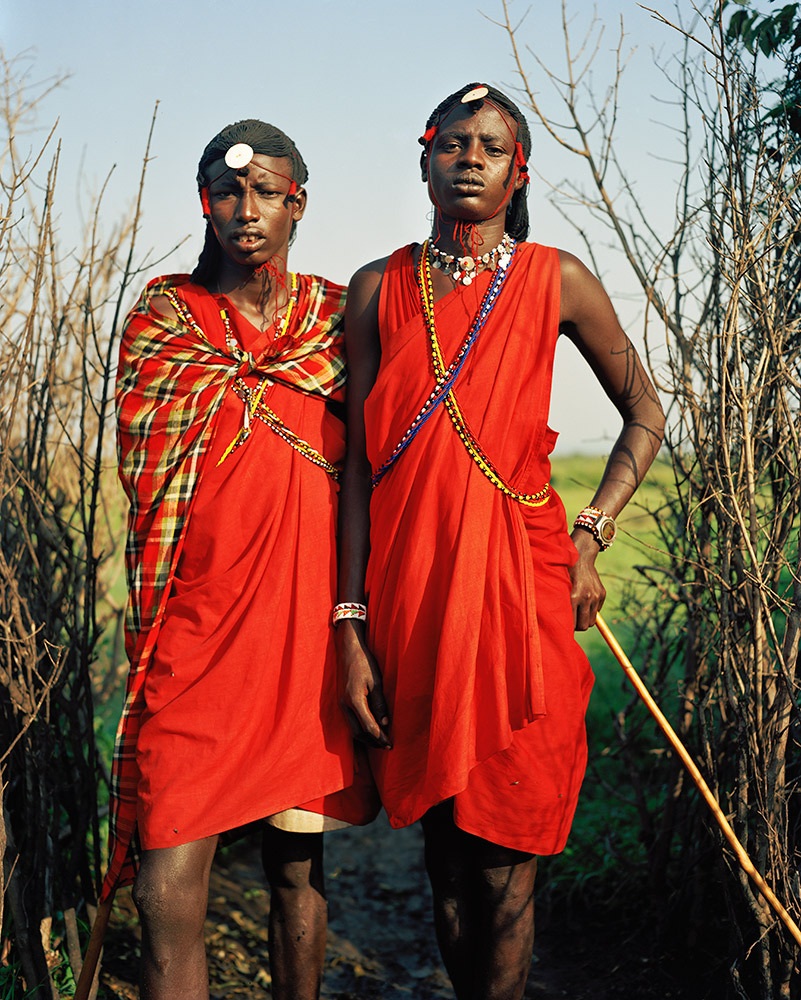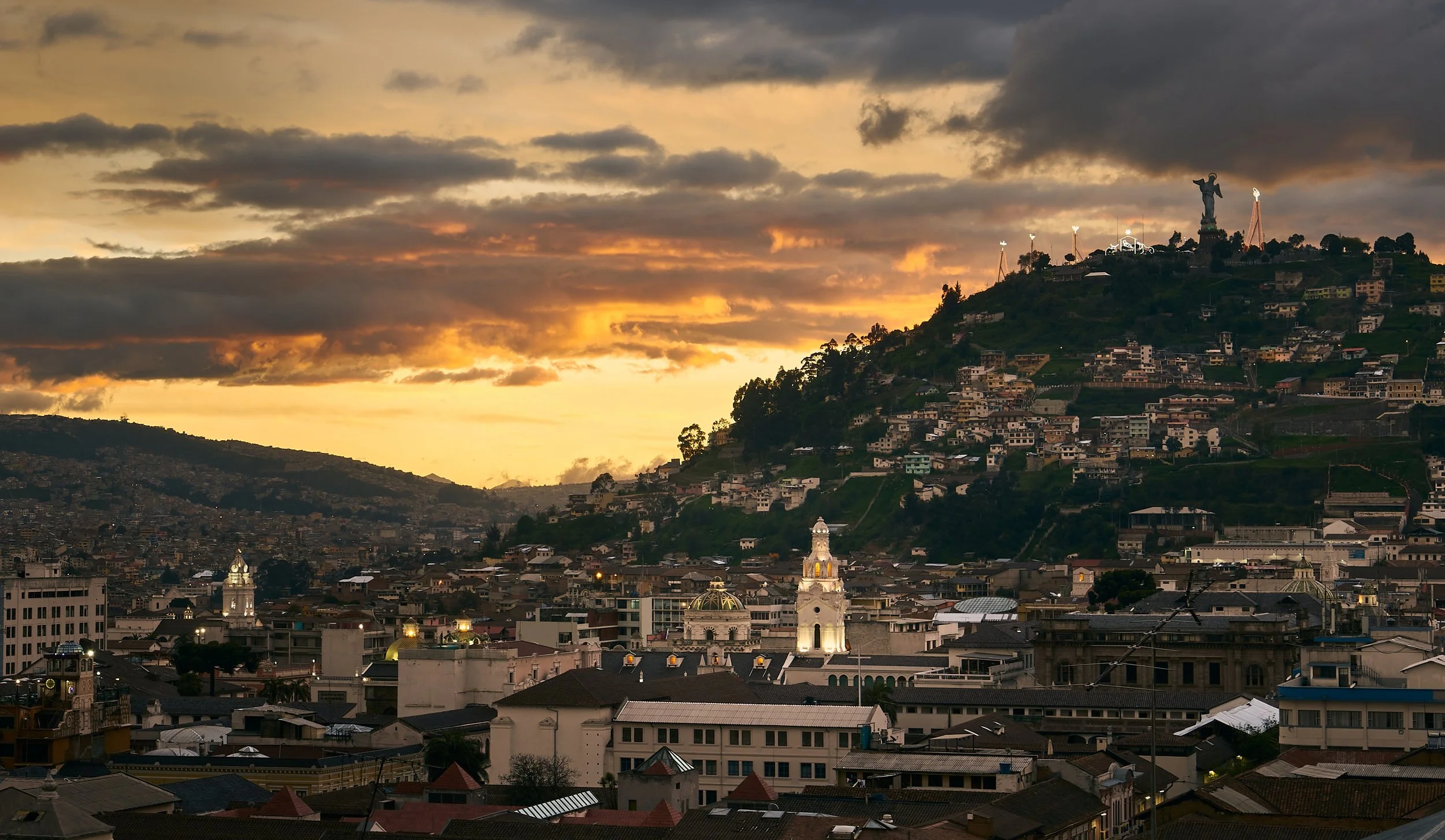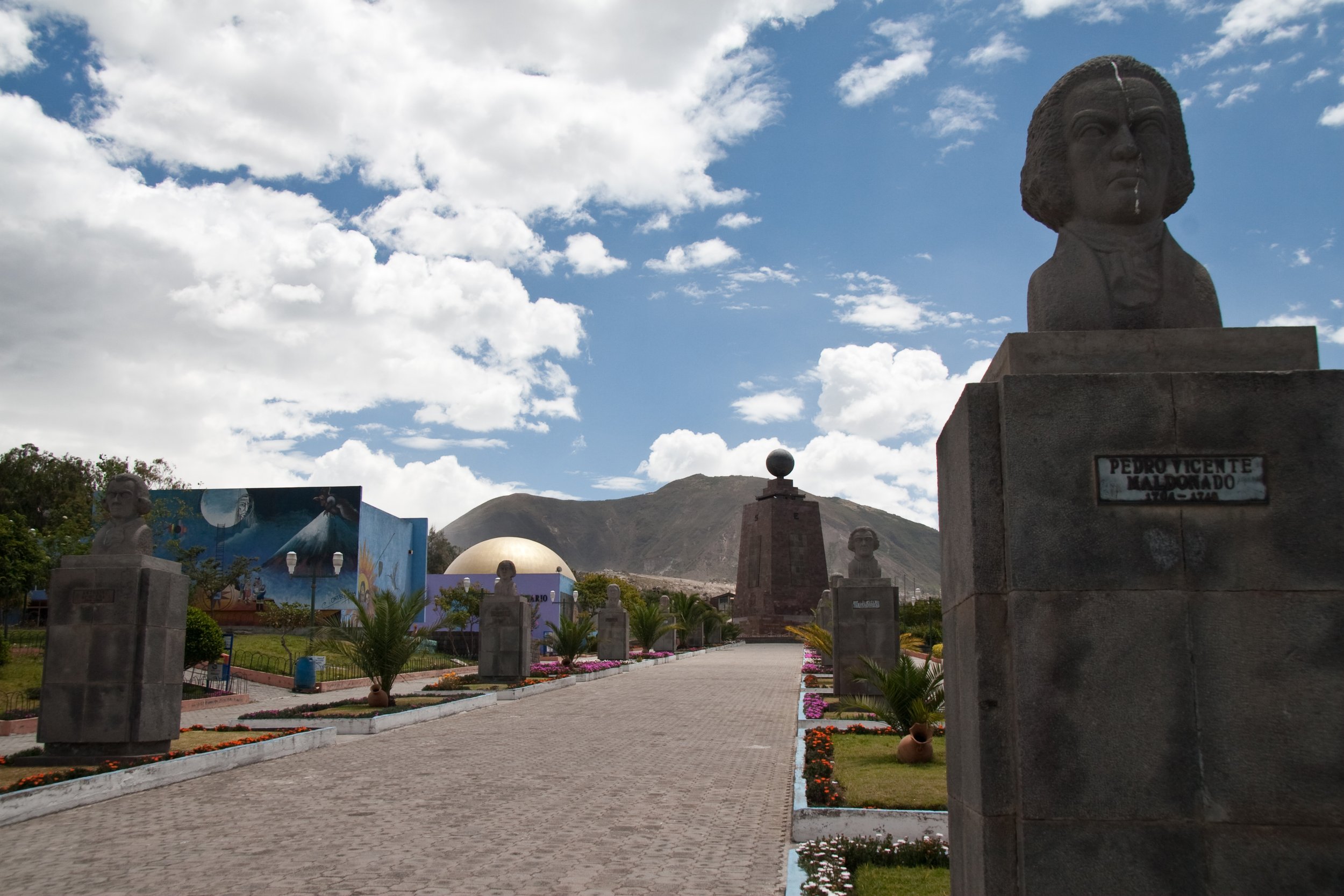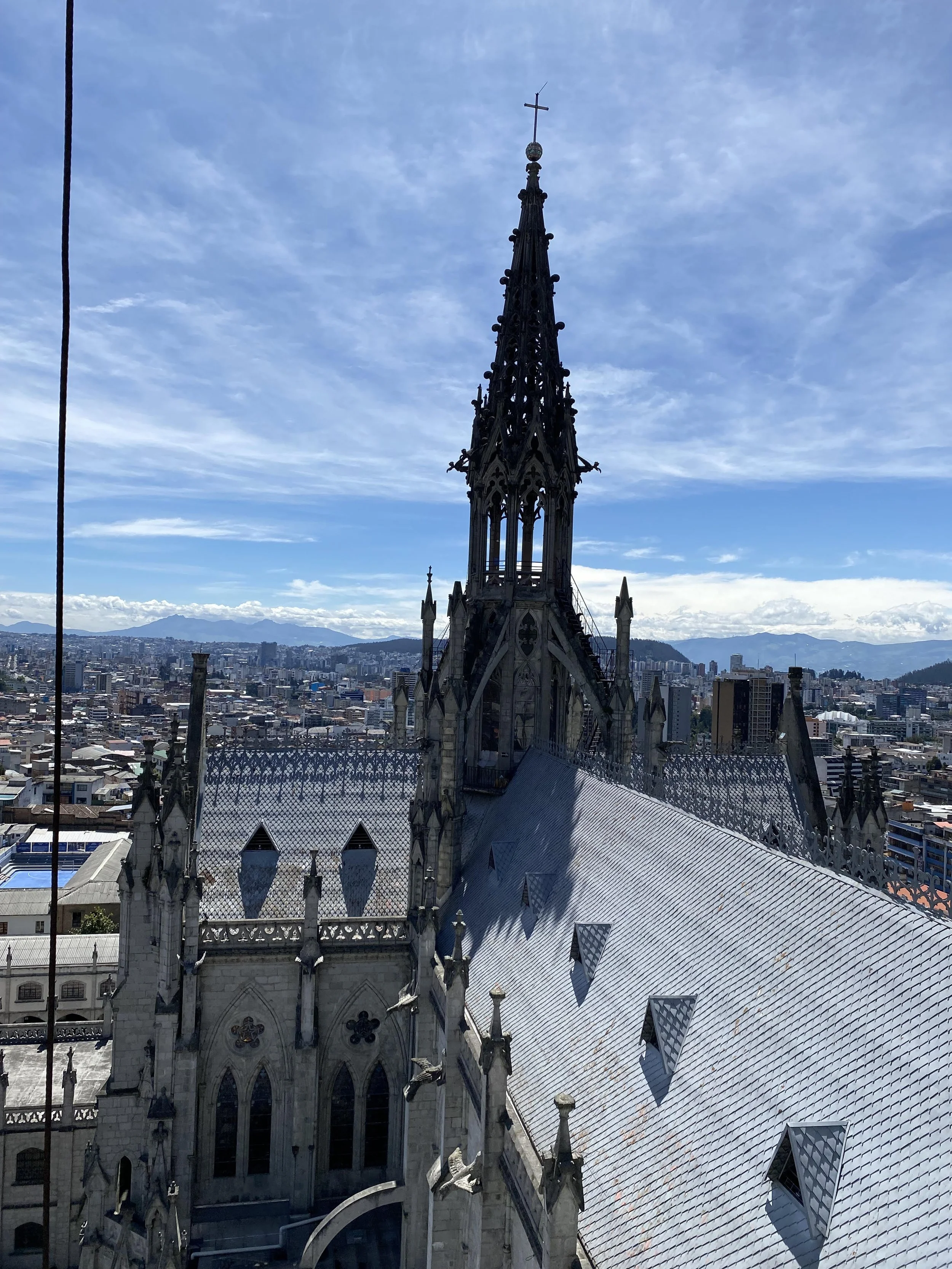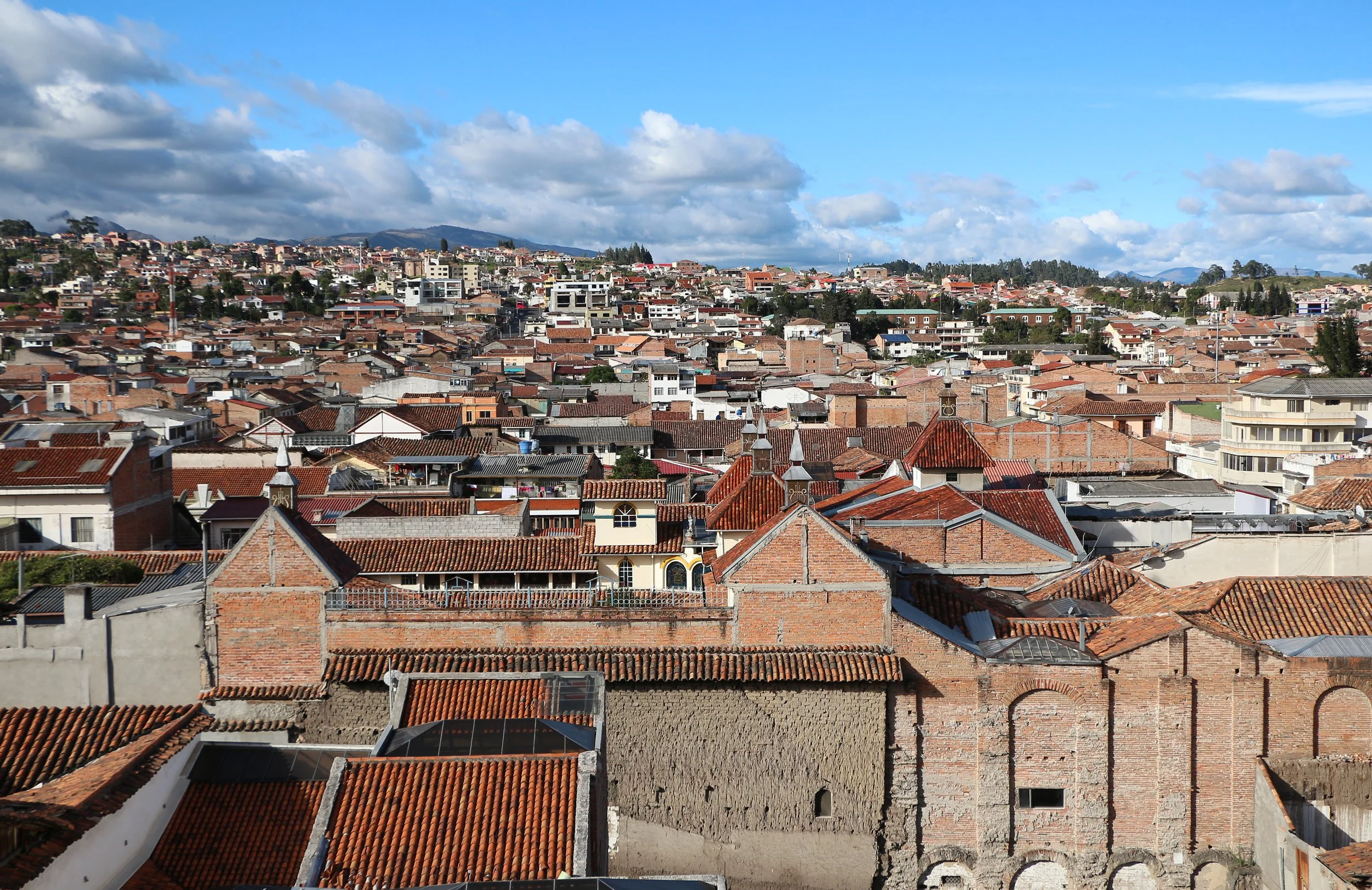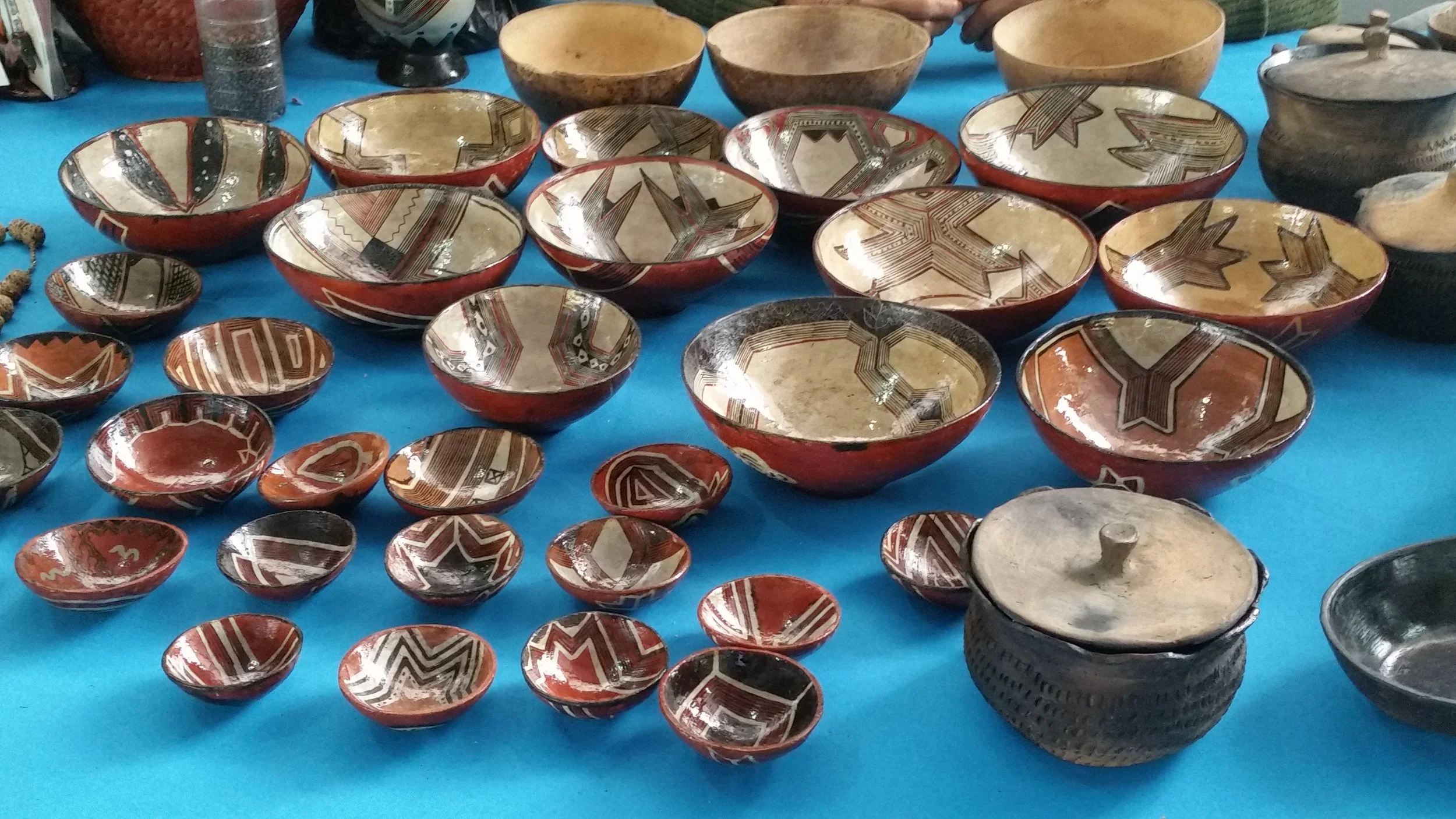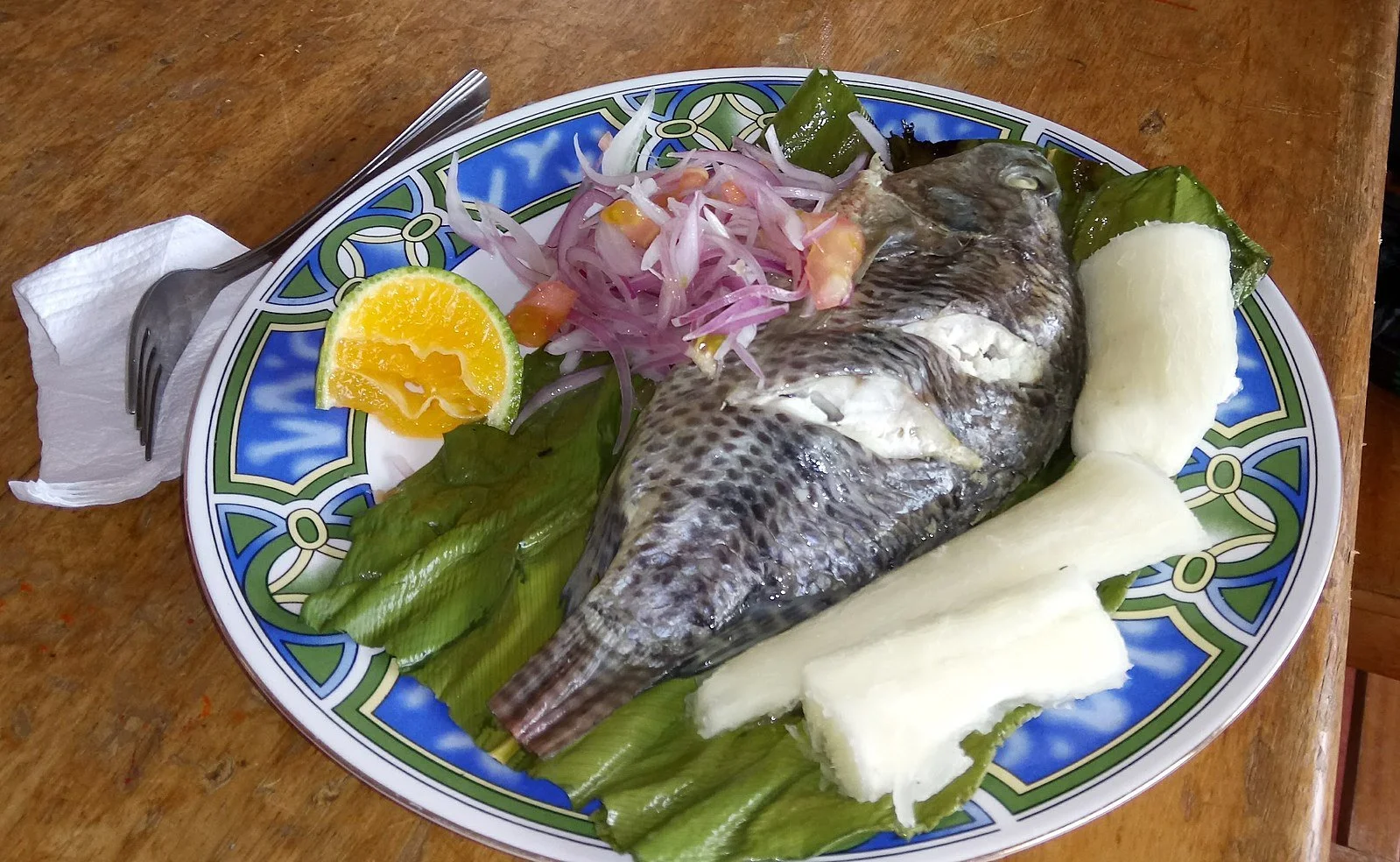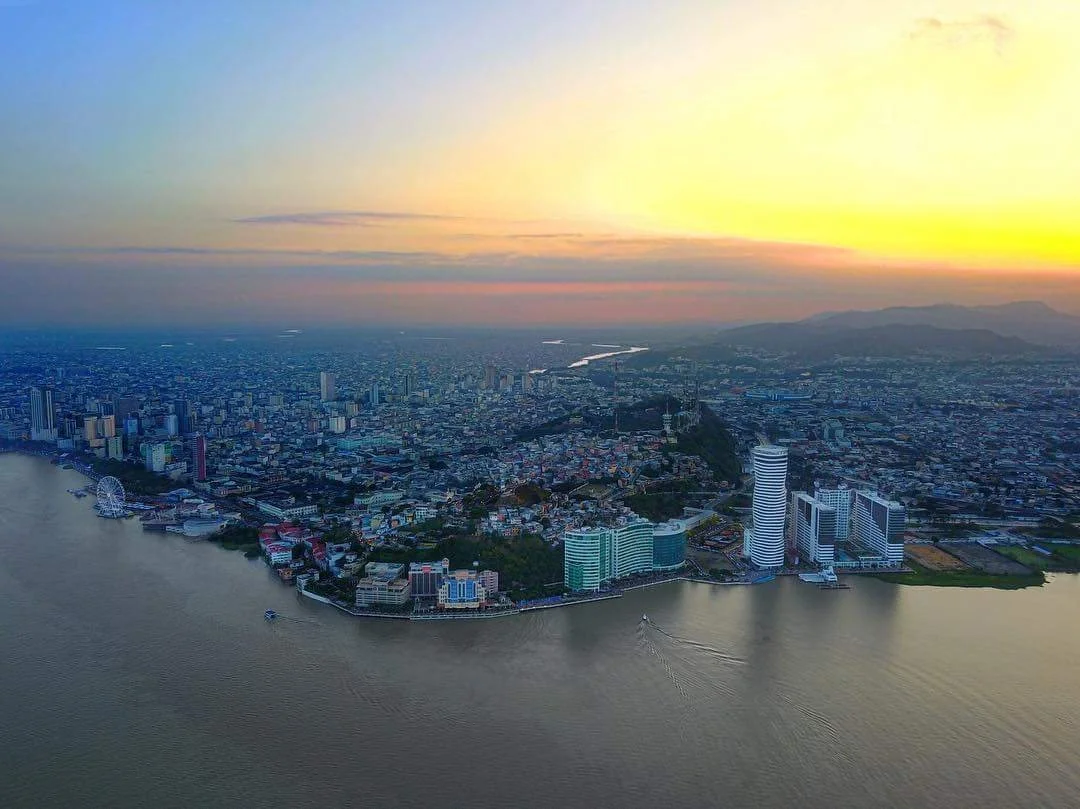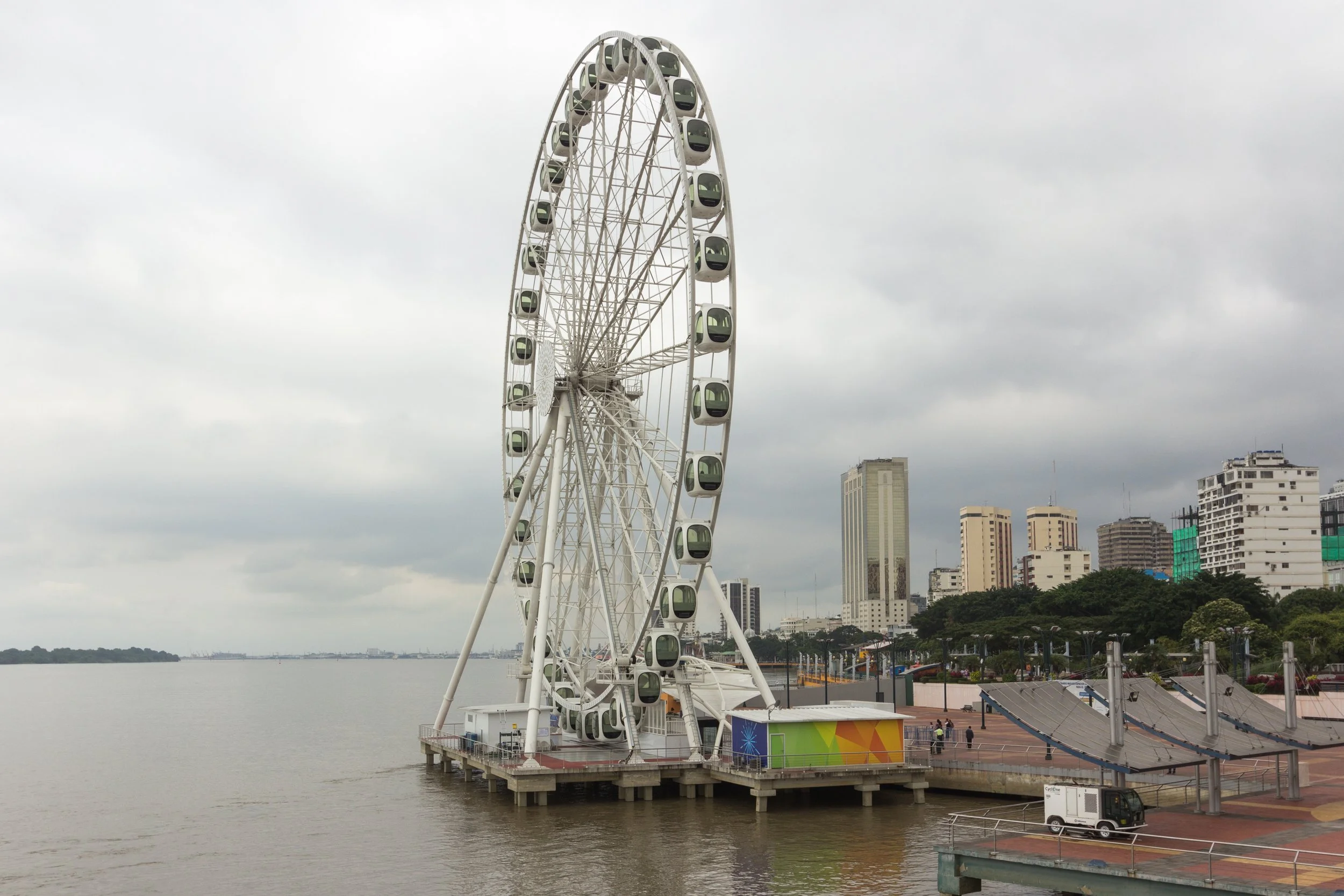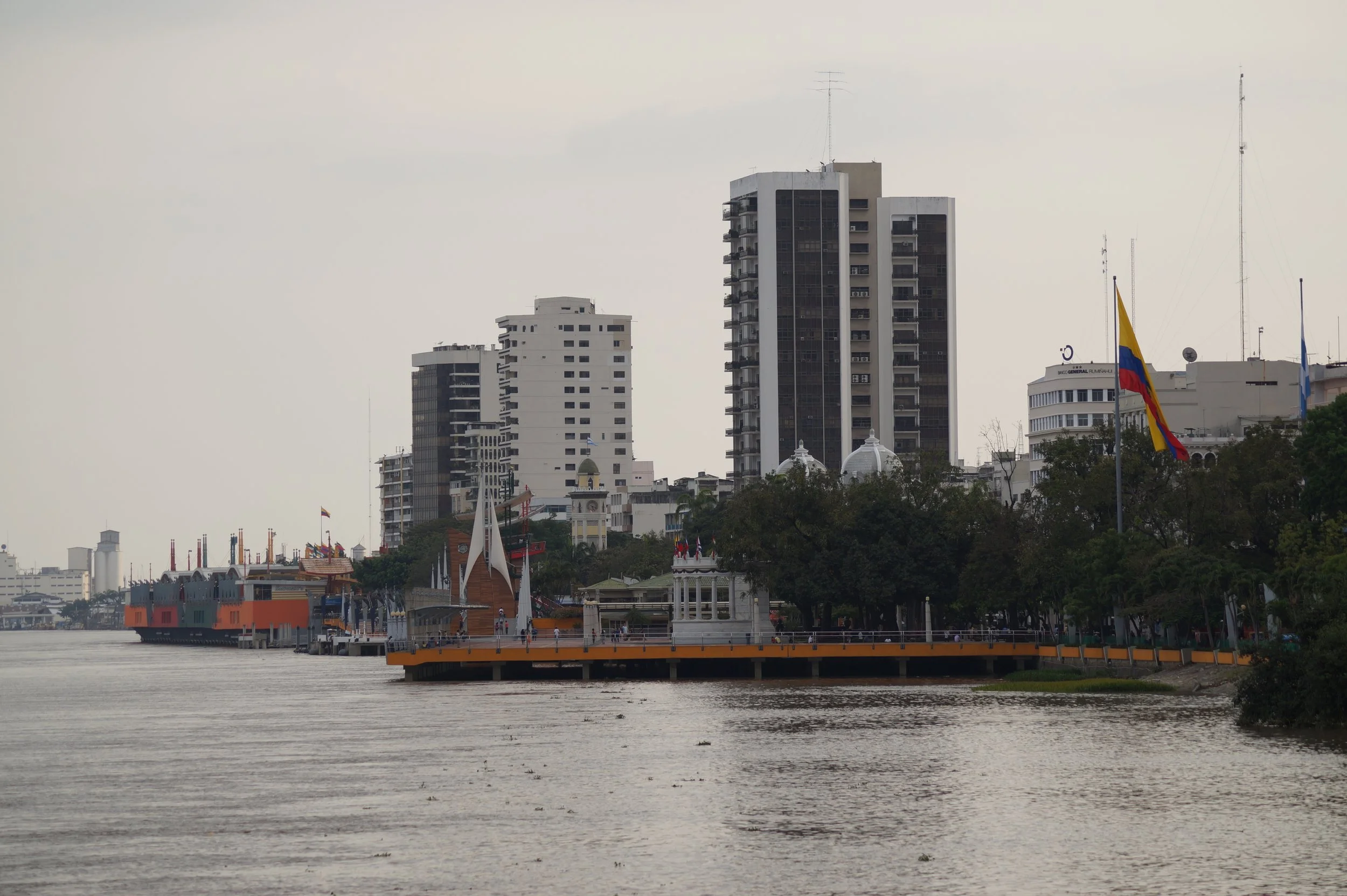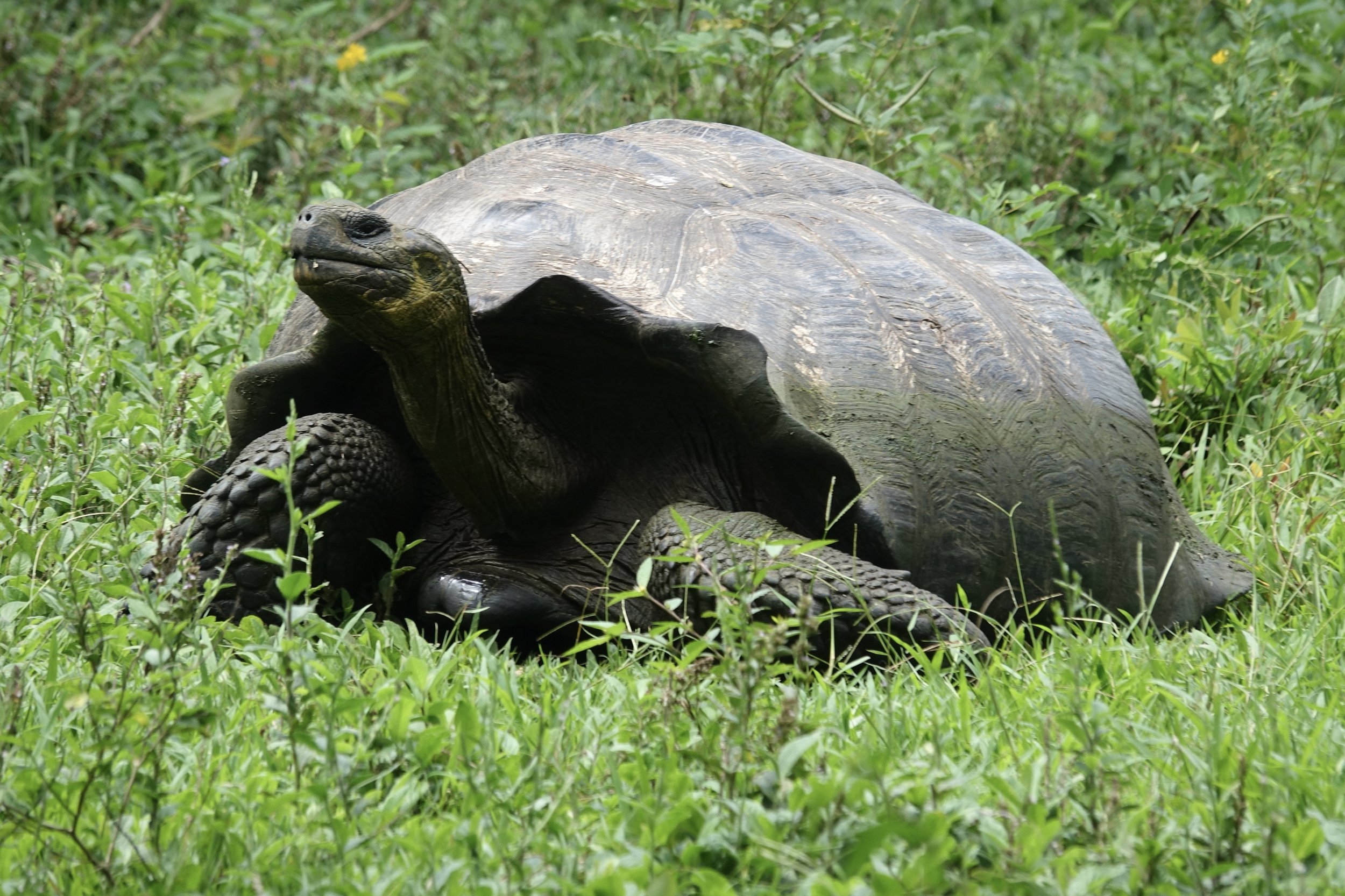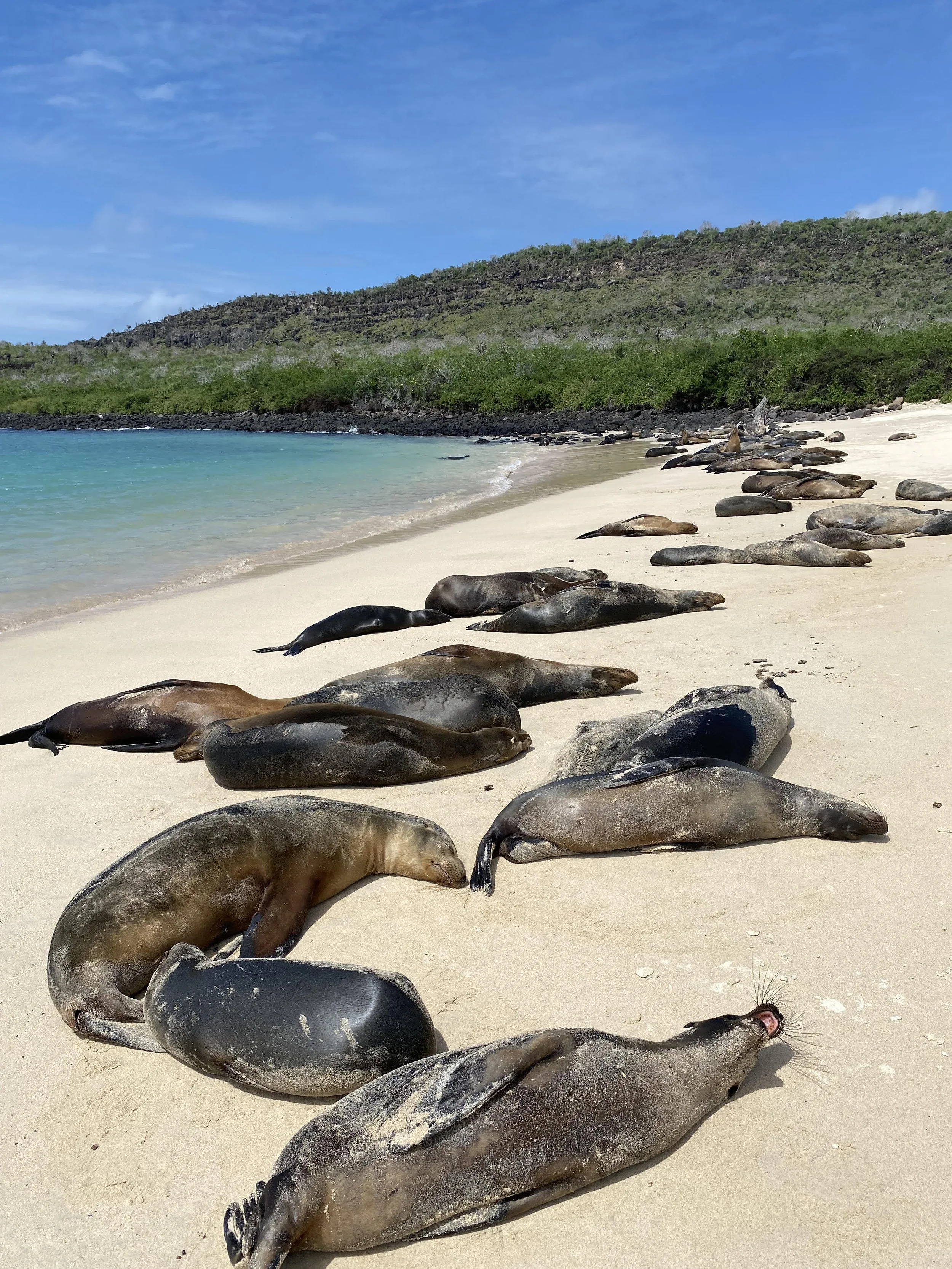How Poland’s largest city is leading the sustainability revolution.
Vistula Boulevards at sunset. Photo courtesy of City of Warsaw
As I meandered through the storied streets of Warsaw, I was struck by the city's unwavering commitment to eco-friendly, sustainable tourism. In a world where the travel industry grapples with the challenges of preserving our planet while meeting the demands of curious visitors, Warsaw emerges as a shining beacon of hope. This Polish capital stands as a remarkable example, blending environmental responsibility seamlessly with the needs of travelers.
The Vistula River: A Tranquil Retreat Amidst Urban Life
Vistula River beachfront. Photo courtesy of Lukasz Kopec City of Warsaw
Steps away from the bustling cityscape, I discovered a rarity not found in most urban settings—a soft golden sandy beach on the right bank of the Vistula River. The meticulously maintained sandy beaches beckoned me to take off my shoes and savor the sand between my toes. What a wonderful oasis for locals and travelers to unwind amid nature's embrace. Whether you're soaking up the sun, strolling along the riverbank or indulging in water sports, the city is preserving the river's ecosystem, ensuring harmony with the natural habitat.
Warsaw's Green Oasis: Nature Amidst the City
University of Warsaw Library Rooftop Garden. Photo Courtesy of Sharon Kurtz
Warsaw has dedicated almost a quarter of its urban landscape to lush green spaces, offering residents and visitors respite from the city's energetic pulse. The University of Warsaw Library's Rooftop Garden is a hidden treasure among these green gems. It is a haven of tranquility and a living laboratory, fostering biodiversity and environmental research.
Lazienki Park, the city's most famous green area, marries culture, nature and history. It hosts free open-air Chopin concerts during the summer, a not-to-be-missed experience for classical music enthusiasts. The park's rich history and majestic palace on the water create a fairytale-like ambiance.
Lazienki Park Chopin Sculpture. Photo courtesy of Sharon Kurtz
Wilanow Park, in the city center, boasts magnificent gardens surrounding the Wilanow Palace, a glimpse into Poland's royal past. Nearby, the Saxon Garden, Warsaw’s oldest, holds echoes of its exclusive heritage. The garden's peaceful aura and the nearby Tomb of the Unknown Soldier created a space for me to rest on a shady bench and people-watch after a long day of sightseeing.
Fresh and Sustainable: Warsaw's Green Markets
Bio Bazar Market Vendor. Photo courtesy of Sharon Kurtz
Warsaw's commitment to sustainability extends to its thriving green markets, which actively promote eco-conscious practices and foster a vibrant connection between local farmers and consumers. Among these markets BioBazar, nestled within the historic Norblin Factory Complex, is a glowing testament to the city's dedication to sustainability.
BioBazar is more than a market; it's a living example of Warsaw's conservation-minded approach to shopping. Visitors can explore a bounty of locally sourced, organic, and environmentally friendly products here. The market emphasizes fair trade principles, ensuring that farmers receive a reasonable price for their goods, thus supporting local agriculture and strengthening the community.
Local farms sell their products directly to consumers, offering an array of delights that vary with the changing seasons. From organic meats and cheeses sourced from nearby farms to a delightful array of homemade baked goods, including beloved treats like Paczki (Polish doughnuts) and Pierogi (stuffed dumplings), to an assortment of soups, pickles and relishes, these markets encapsulate the essence of seasonal, locally sourced and earth-friendly living.
Lowickie market stall selling fresh eggs. Photo courtesy of Sharon Kurtz
By prioritizing seasonal products and the direct exchange between producers and consumers, Warsaw's green markets minimize the carbon footprint associated with long-distance transportation, ensuring that every item on the market's shelves is delectable and eco-friendly. The result is a thriving culinary and cultural experience that nourishes the body and nurtures the planet.
Repurposing Warsaw: An Architectural Renaissance
Noblin Factory Complex repurposed equipment bench. Photo courtesy of Sharon Kurtz
Warsaw's commitment to repurposing its architectural heritage is another testament to its sustainable and culturally rich ethos. It's not just about breathing new life into old structures; it's celebrating history and creativity.
In the heart of Warsaw, the Norblin Factory is a prime example of this dedication to repurposing. What was once an industrial complex has undergone a transformative journey, emerging as a multi-use center that seamlessly integrates residential, commercial and cultural spaces. The factory's original metal equipment and carts have been artfully preserved and repurposed, providing a fascinating blend of industrial history and contemporary art. I enjoyed witnessing metal carts turned into benches and old machinery adorning the space as art, bridging the gap between the past and the present.
In Warsaw's gritty and bohemian Praga District, the Neon Museum resides in an old weapons facility known as the Soho Factory. This unassuming structure, with its worn-out exterior, hides an enchanting secret. The factory's dull bricks are the backdrop for a captivating array of neon signs from the Cold War era. The Neon Museum is more than a repository of signs; it's a guardian of history, safeguarding the luminous artistry of a bygone era.
Neon Museum in the Praga District. Photo courtesy of Filip Kwiatkowski City of Warsaw
These neon signs, many of which were once symbols of a divided world, now coexist as cultural artifacts and artistic relics, reminding us of the past while illuminating the present. It's a tribute to the resilience of Warsaw's spirit and its creative vision of repurposing that brings the city's rich history to life.
Bee-Friendly Capital: Nurturing Pollinators in Warsaw
Educational Apiary Program in Wilanow. Photo courtesy of City of Warsaw
Warsaw is leading the way in protecting and embracing pollinators, particularly bees. The educational apiary program in Wilanow provides a chemical-free sanctuary where bees thrive, contributing to a healthy ecosystem.
Bee hives in city parks and on iconic buildings like the Palace of Culture and Science educate residents and raise awareness about the importance of these pollinators, enhancing a healthy ecosystem.
By ensuring the bees' well-being and producing pure honey, Warsaw again showcases its commitment to sustainability. This honey is a sweet testament to the city's eco-conscious efforts, offering residents and visitors a taste of their dedication—and Warsaw honey makes a delicious souvenir!
Hike and Bike Trails: Fun and Green Exploration
Vistula Riverfront Hike and Bike Path. Photo courtesy of City of Warsaw
Warsaw's network of hiking and cycling trails winds through parks and green areas and along the Vistula River, offering a chance to explore the city's natural beauty while reducing one's carbon footprint. The abundance of trails encourages alternative transportation, making Warsaw a greener and healthier city. Bike-sharing programs promote low-impact travel, providing convenient and efficient access to these trails.
Bike sharing station in the city center. Photo courtesy of Sharon Kurtz
Art, Culture, and the Environment: Warsaw's Eco-Friendly Fusion
Street art and murals are everywhere. Photo courtesy of Sharon Kurtz
The city's vibrant art and cultural resurgence seamlessly intertwine with its renewable approach to tourism, enriching the natural beauty that draws visitors worldwide. I loved the dynamic street art everywhere. The city's art galleries and public installations celebrate local talent and champion sustainability in the arts, fostering a sense of community and profound cultural pride.
Cultural festivals further enhance Warsaw's artistic landscape, weaving a diverse tapestry of experiences for locals and travelers alike. Events like the Warsaw Summer Jazz Days and the Warsaw Film Festival attract international visitors, blending artistic expression with environmentally conscious practices.
Why you should visit
Green spaces are gems in Warsaw. Photo Courtesy of Sharon Kurtz
Whether you are a nature lover, a history enthusiast or simply seeking an adventure, Warsaw is a great place to visit, with myriad examples of its eco-friendly passion intertwined with its rich past and natural beauty.
Sharon Kurtz
Sharon Kurtz, an accomplished travel writer and award-winning photographer based in Austin, Texas, is dedicated to exploring the world and sharing her adventures through compelling storytelling. She intricately weaves together her love for travel and food, immersing readers in diverse cultures and flavors both at home and across the globe. Showcasing the beauty and attractions of each destination, she delves deep into local culture, traditions, and hidden gems, revealing the extraordinary in every place. Enjoy more of Sharon’s writing on her website, or follow her on Instagram.


















